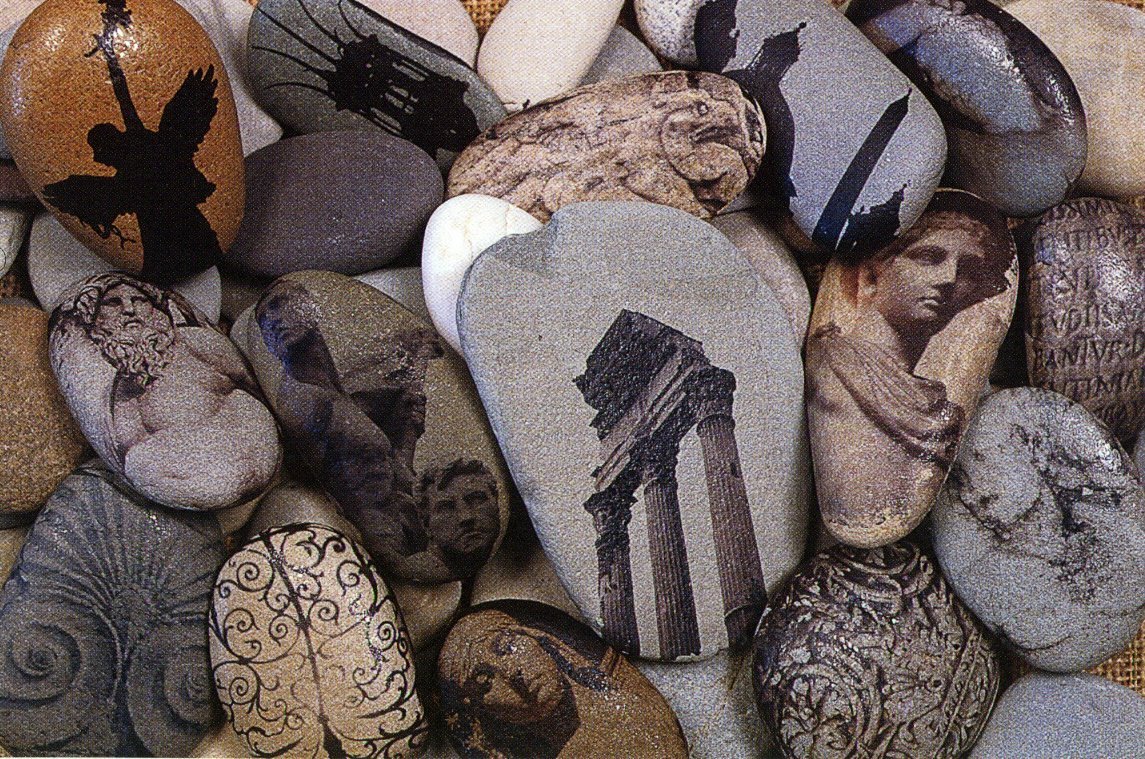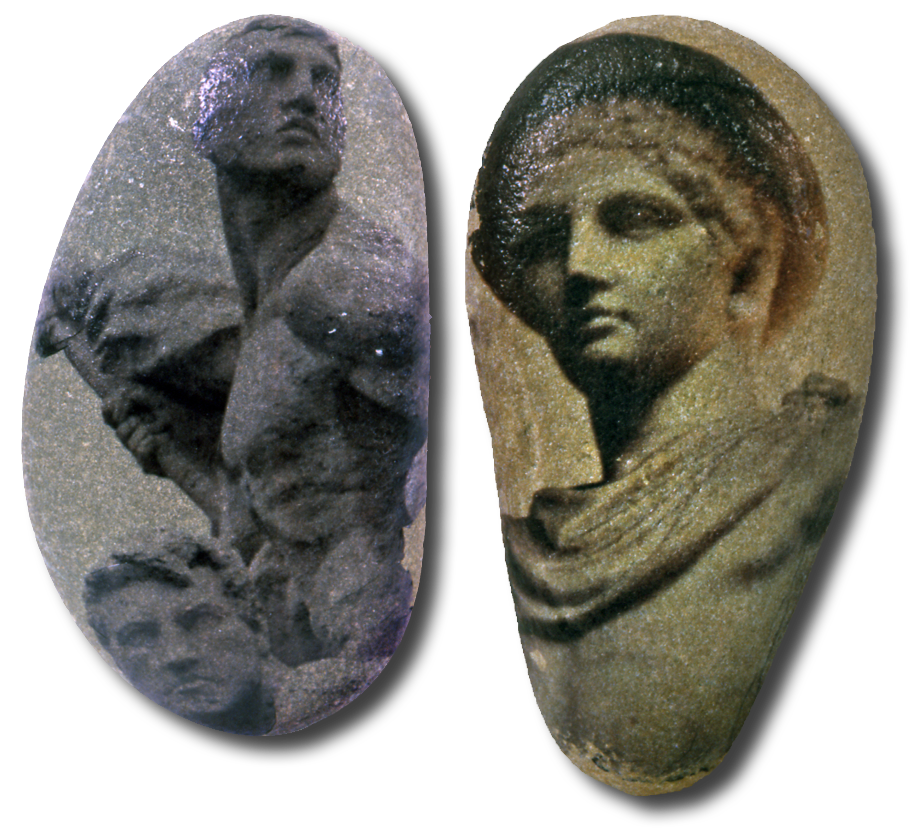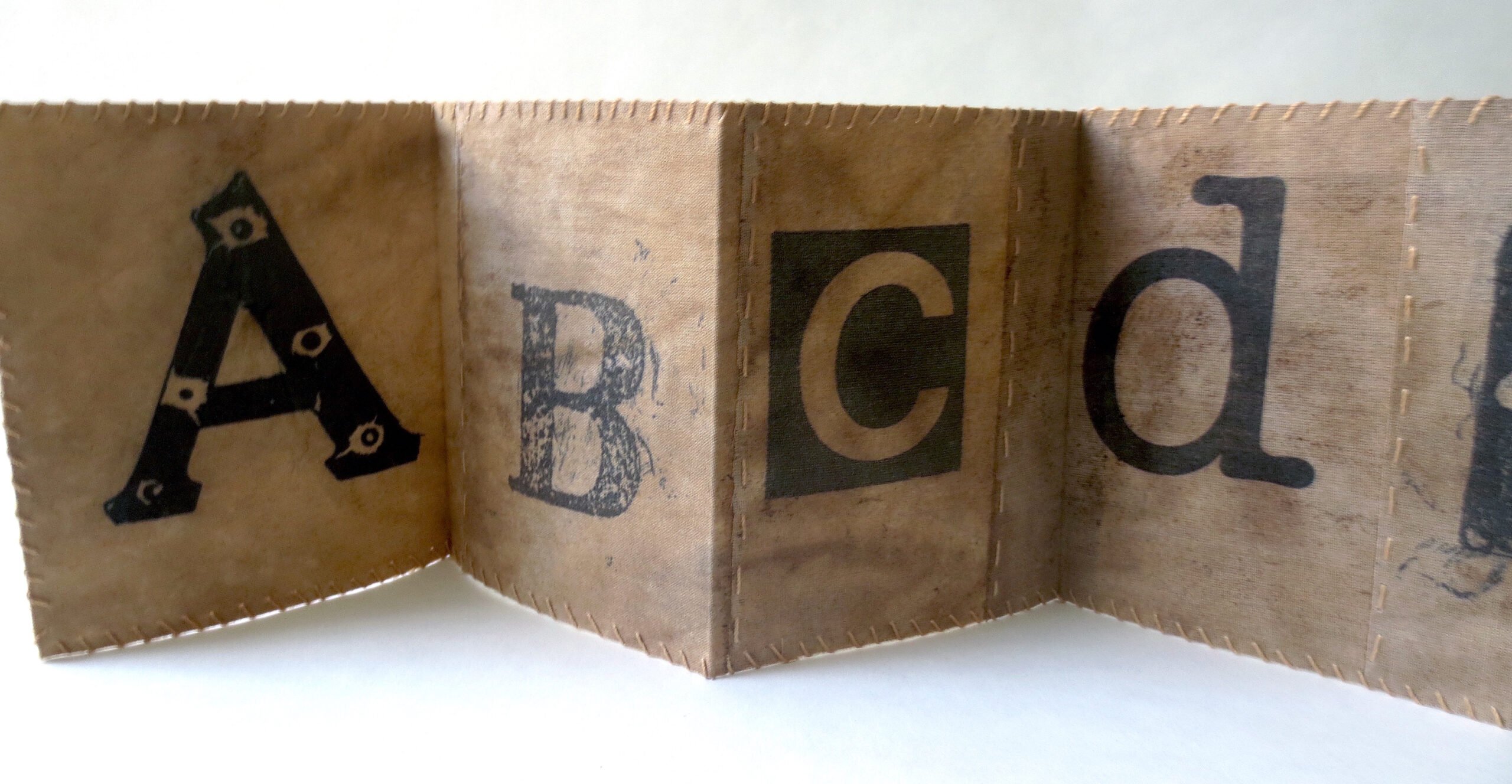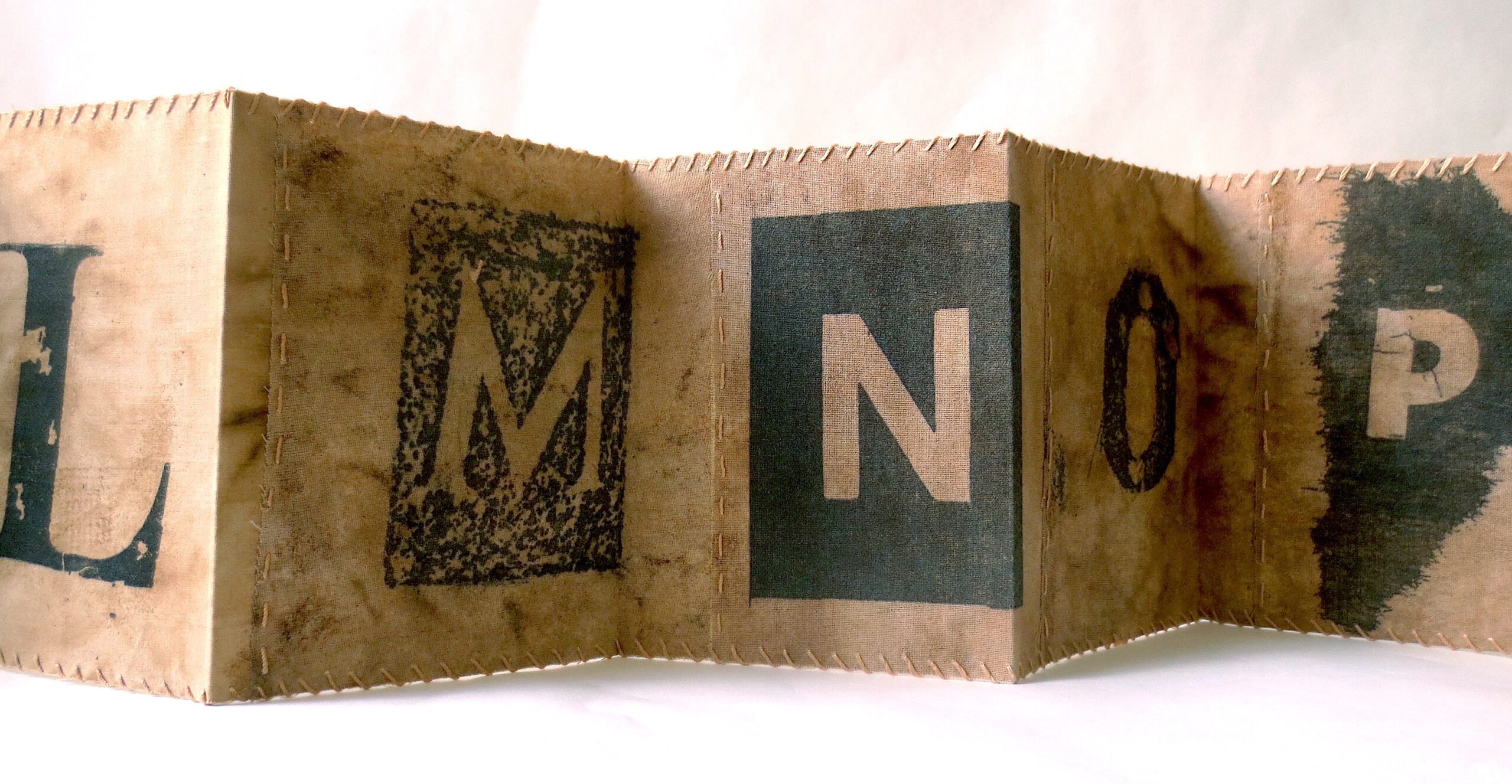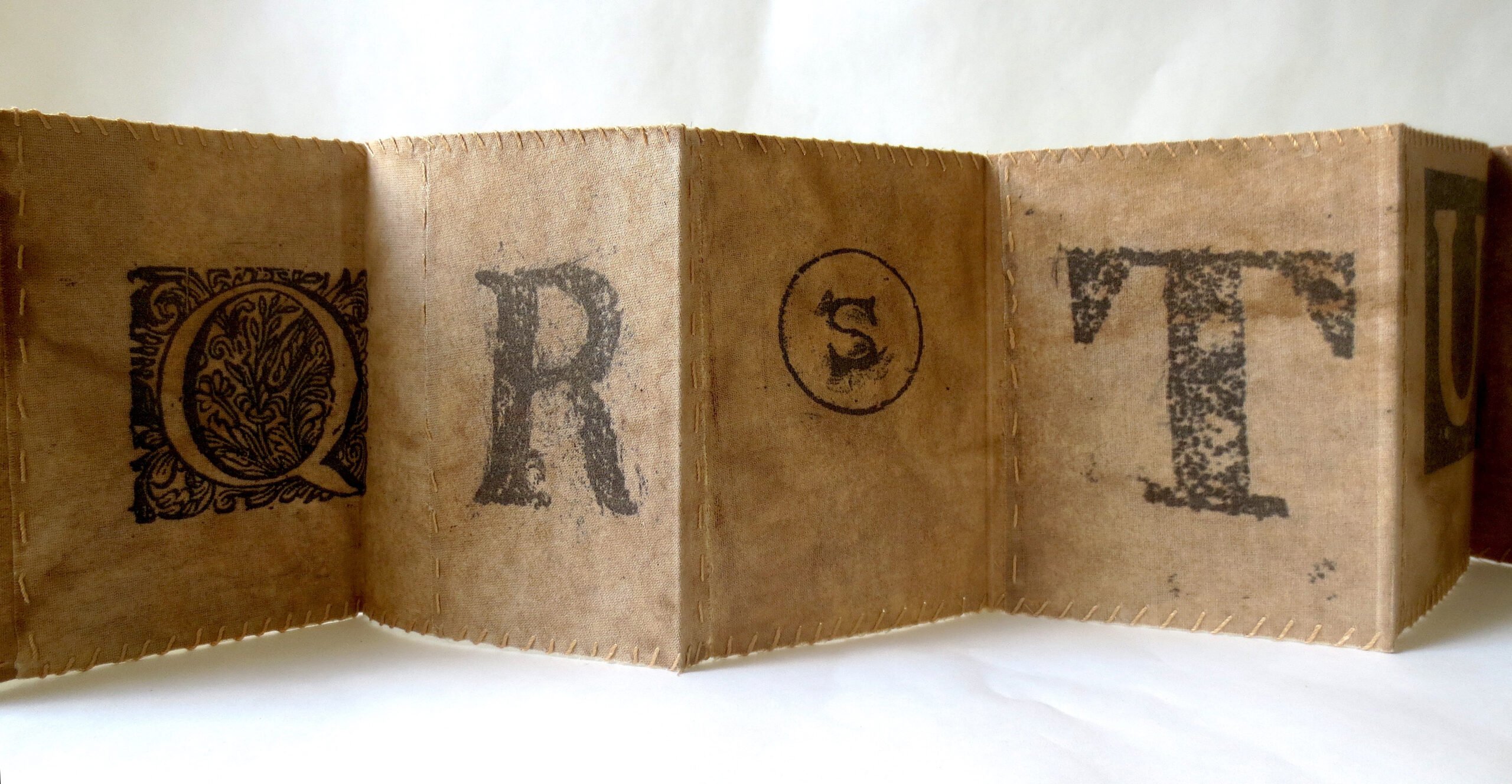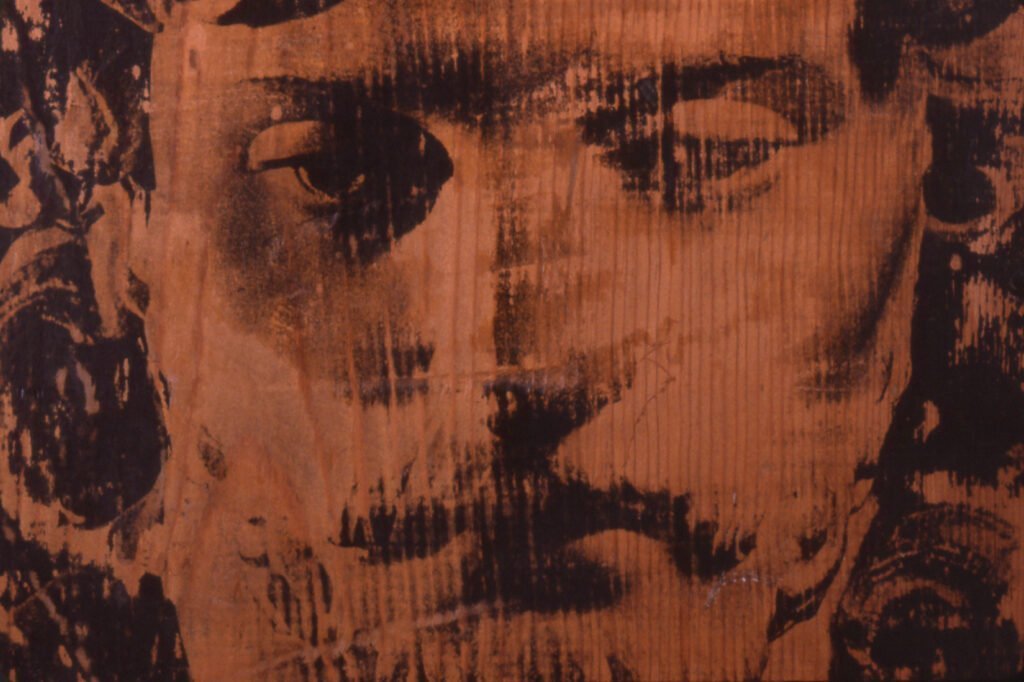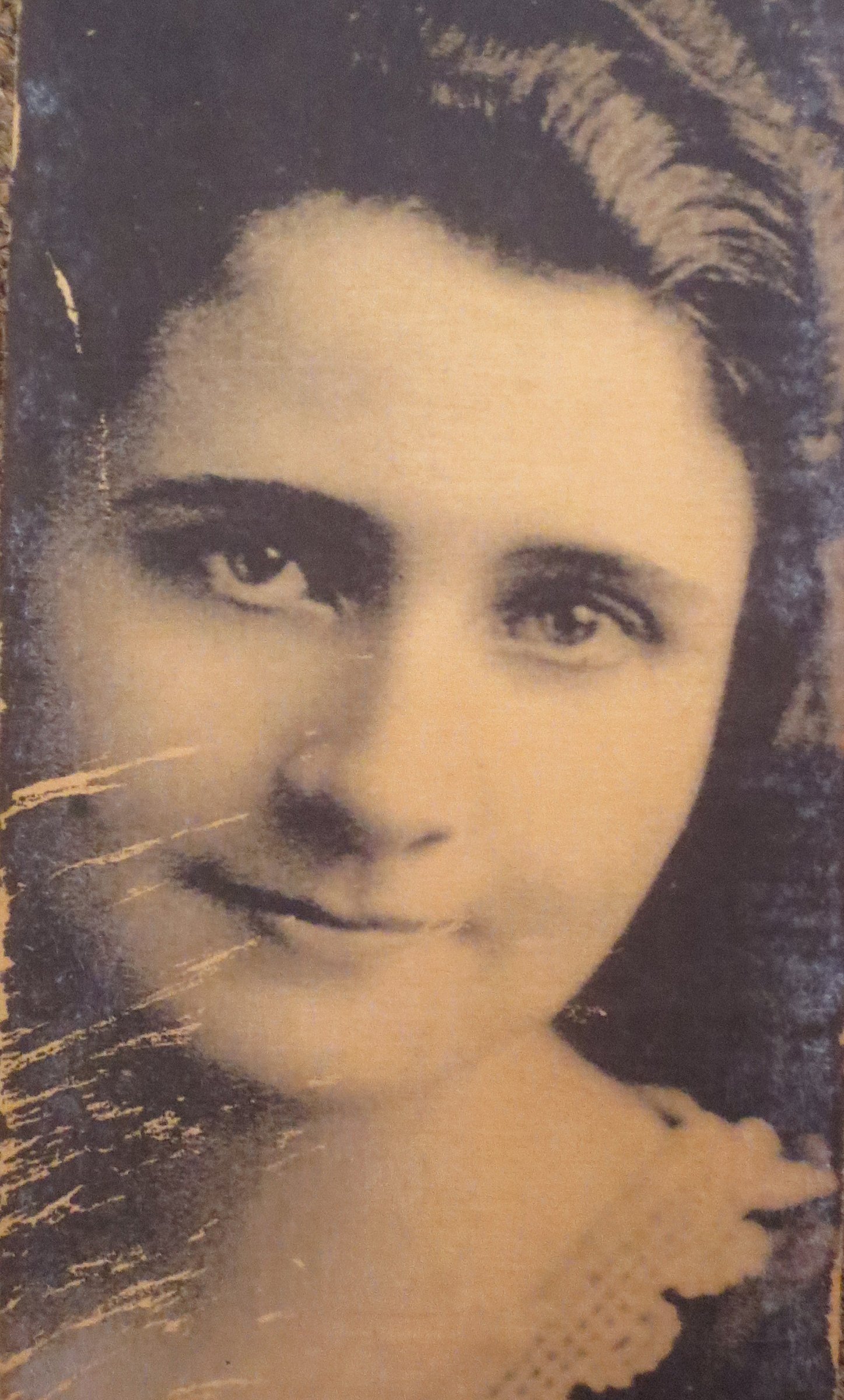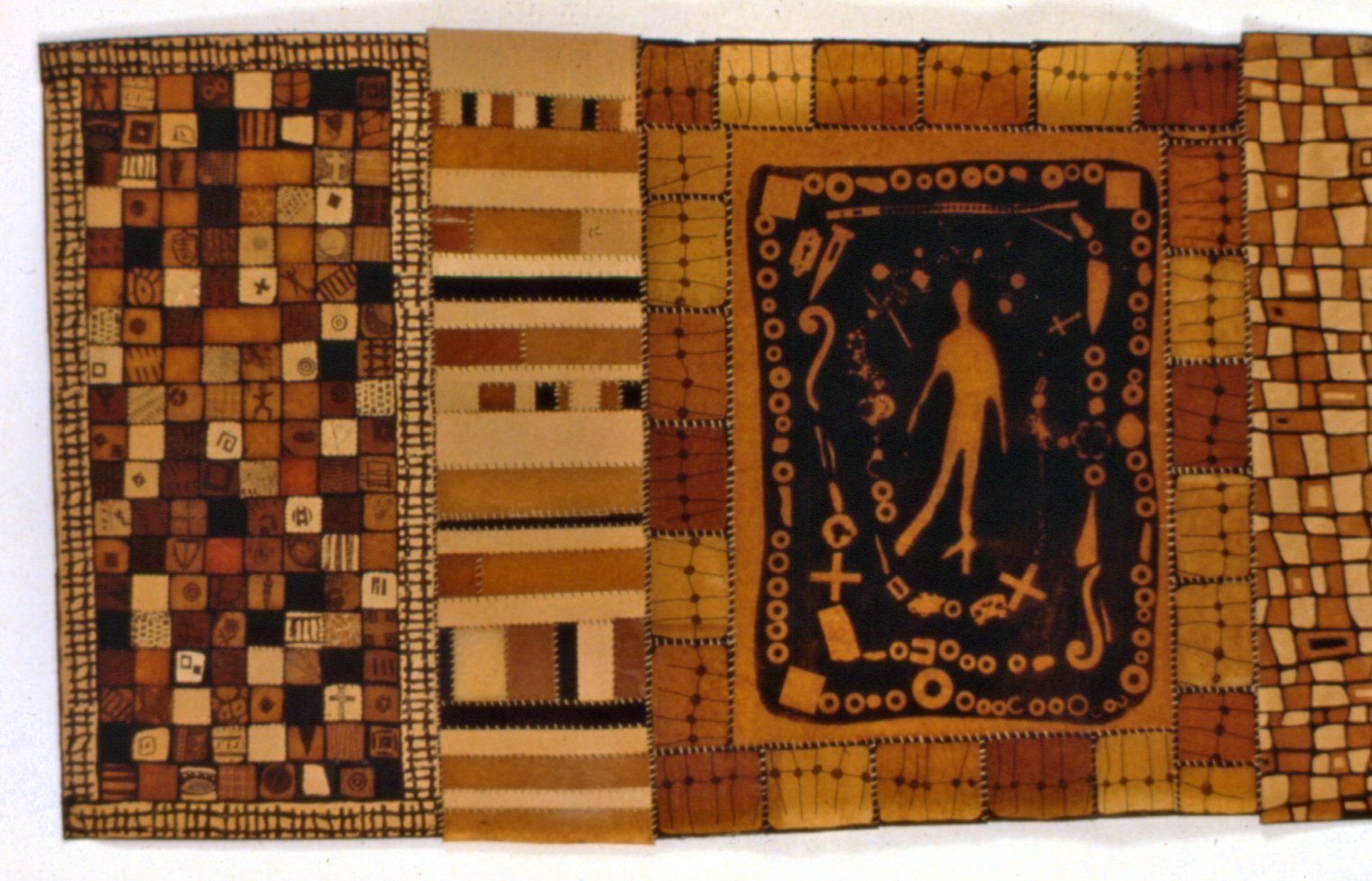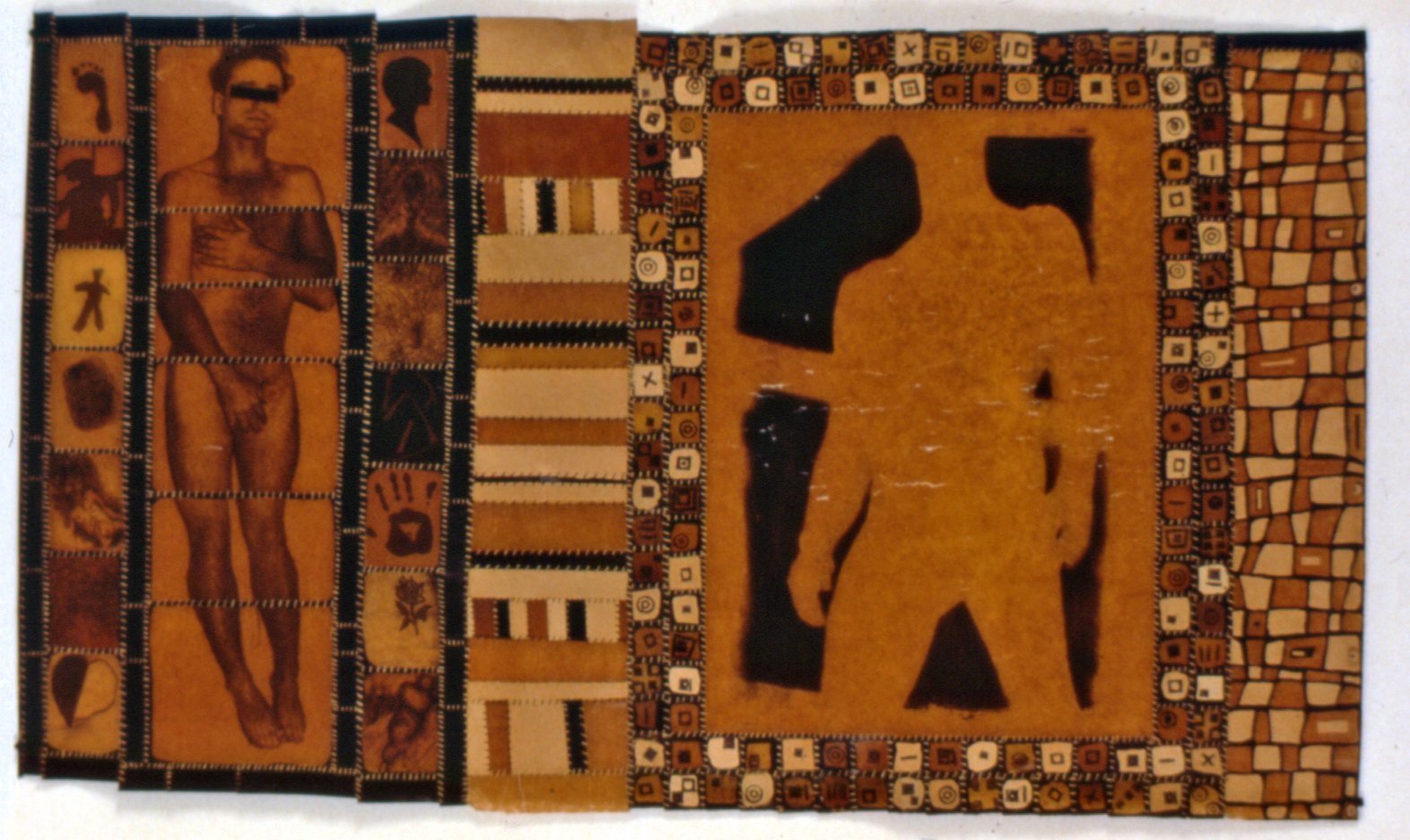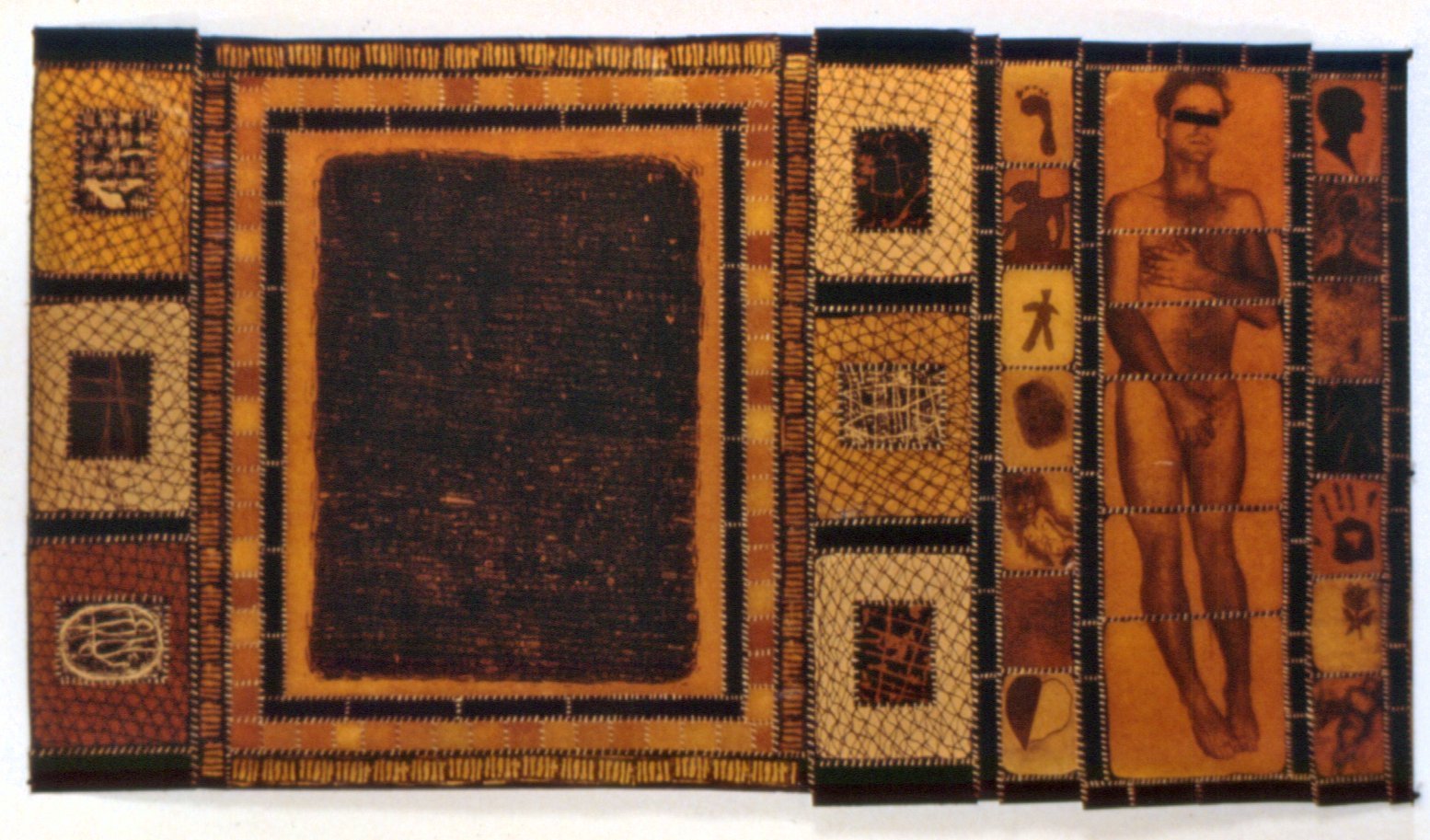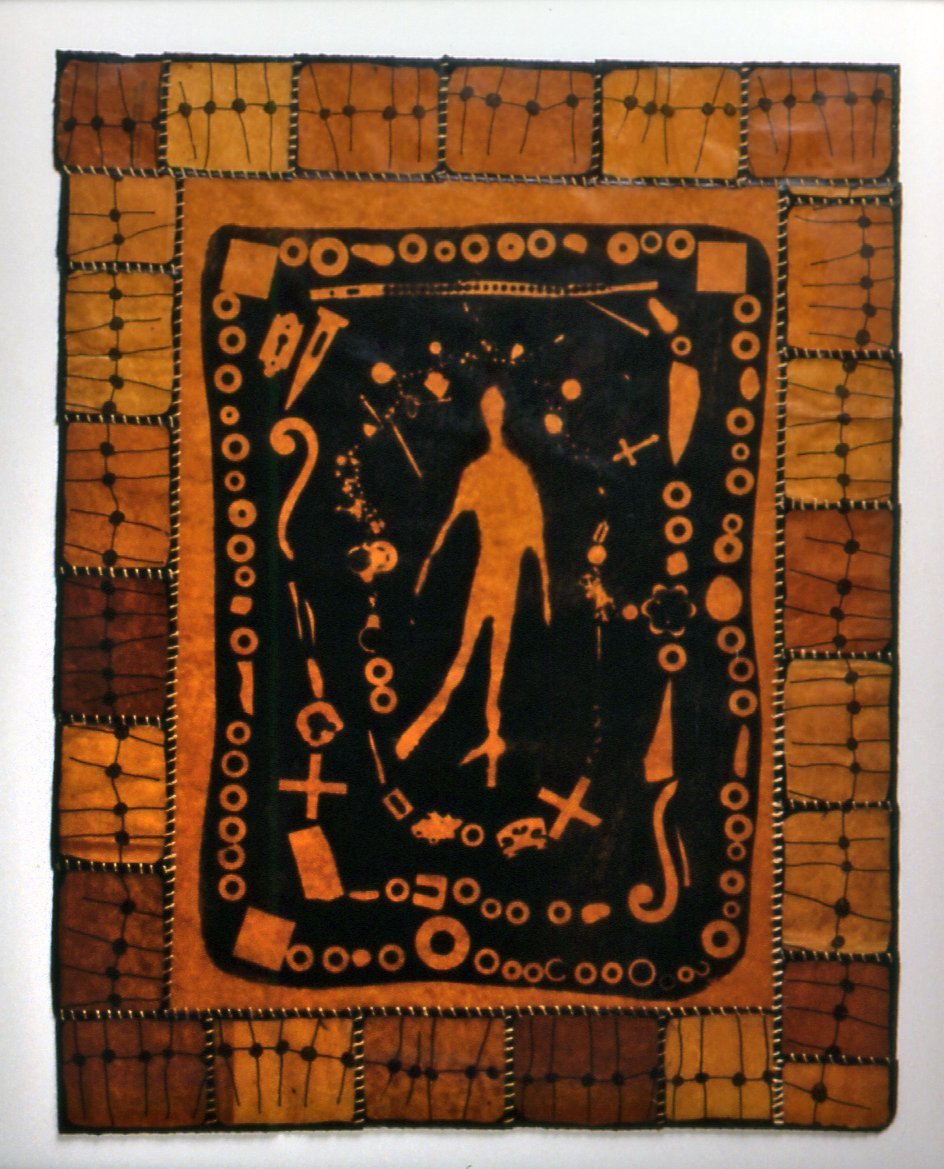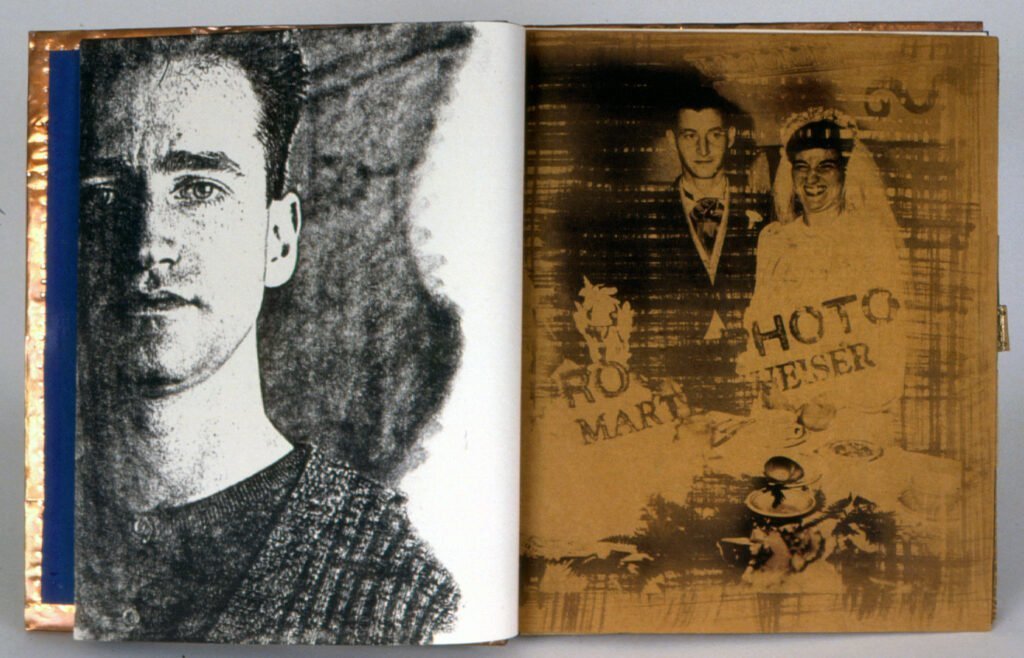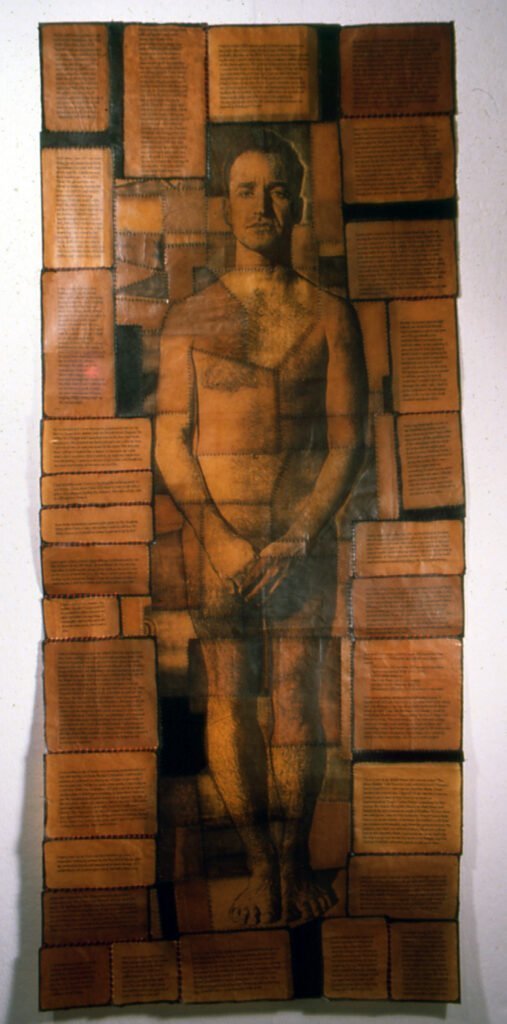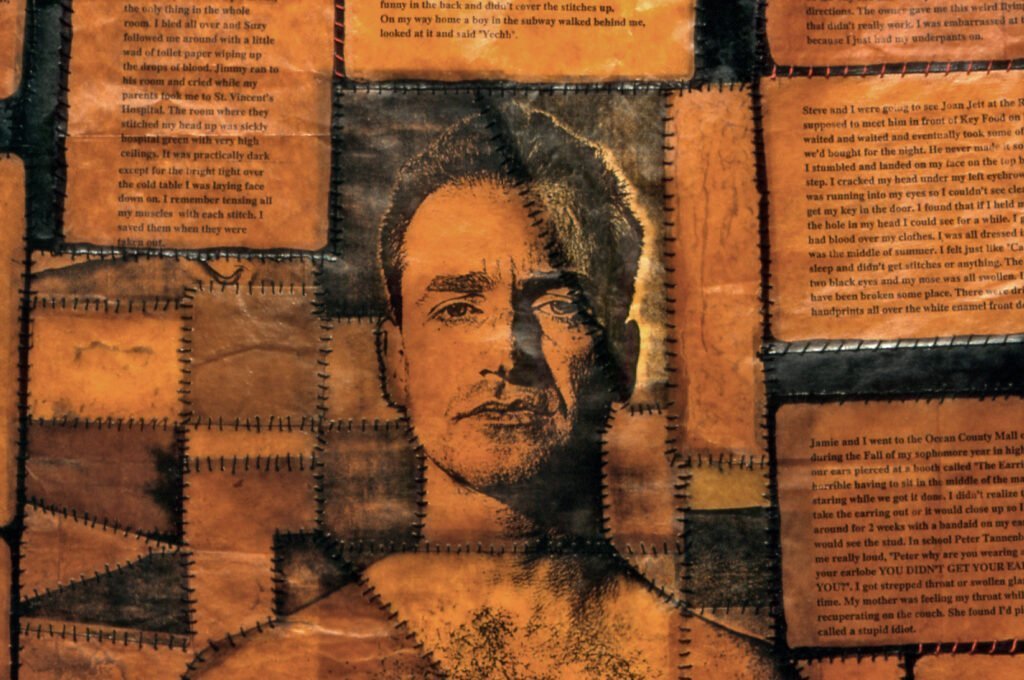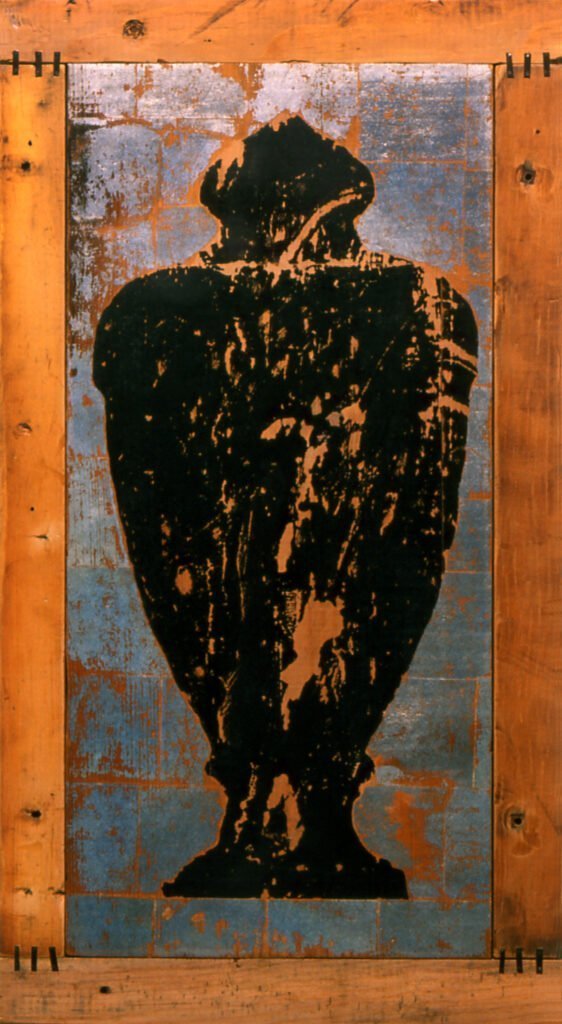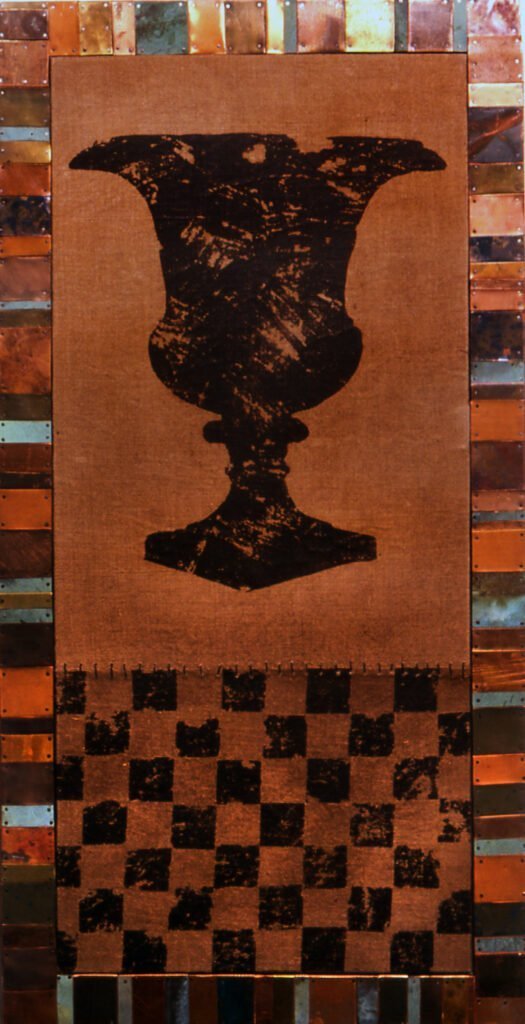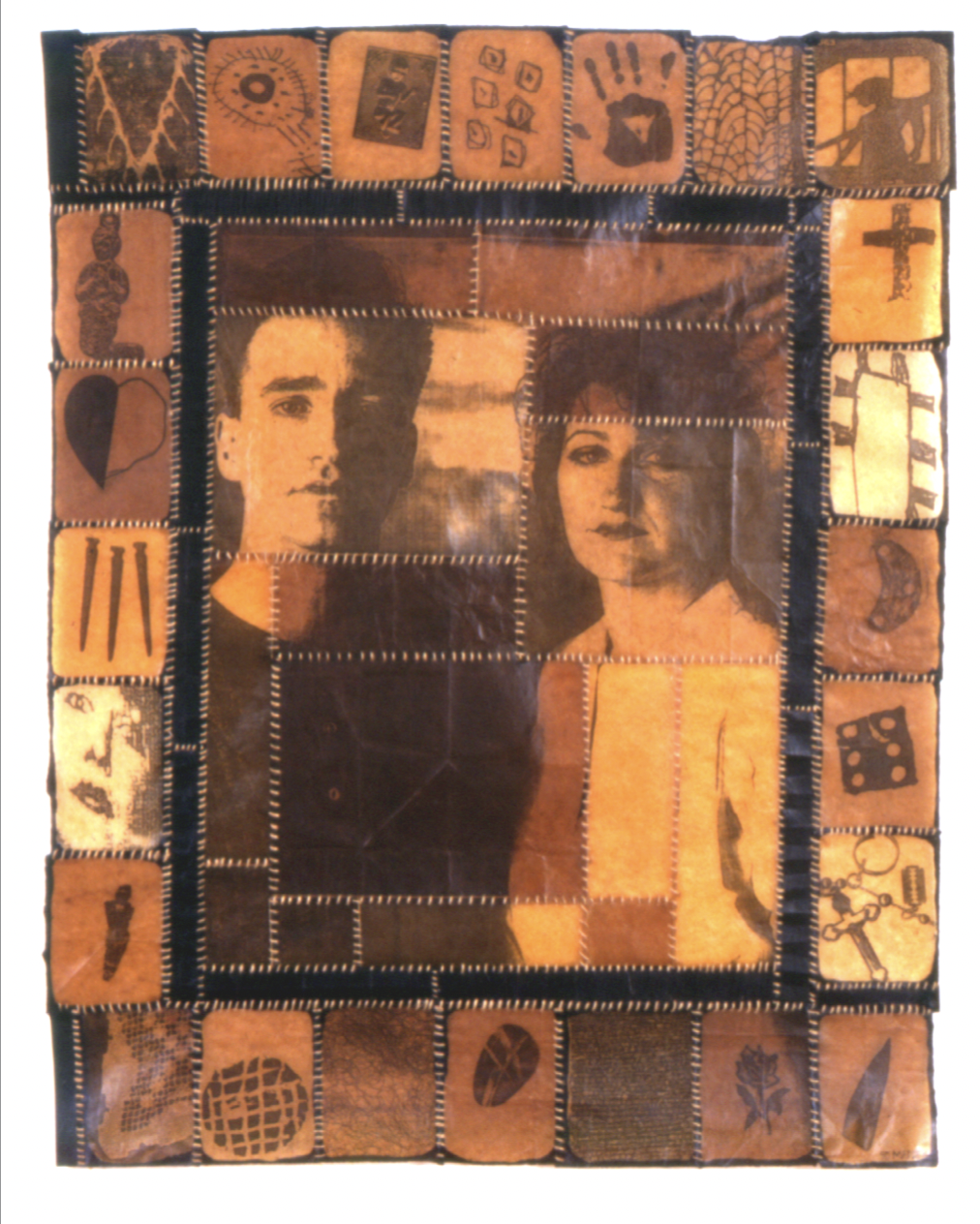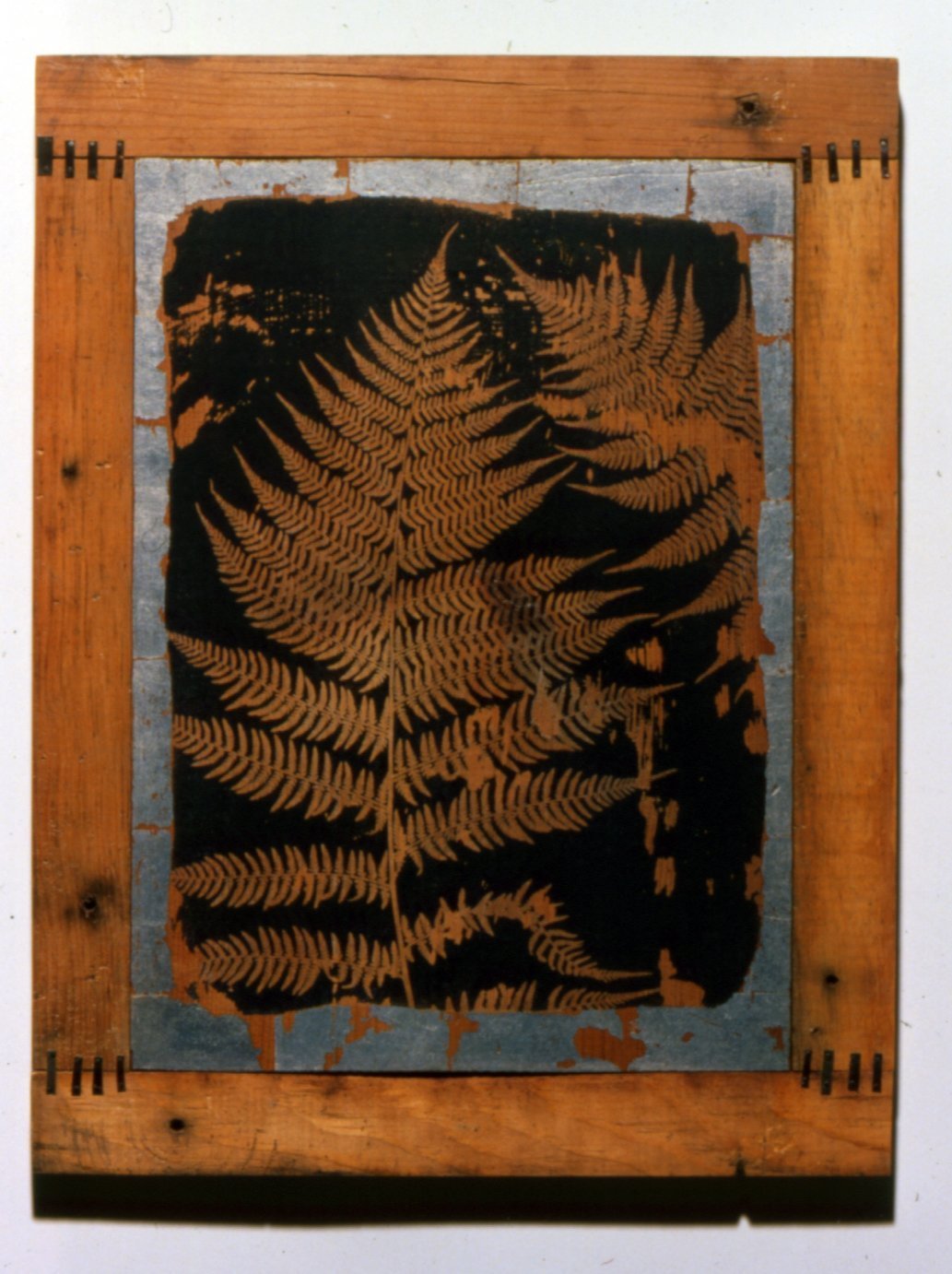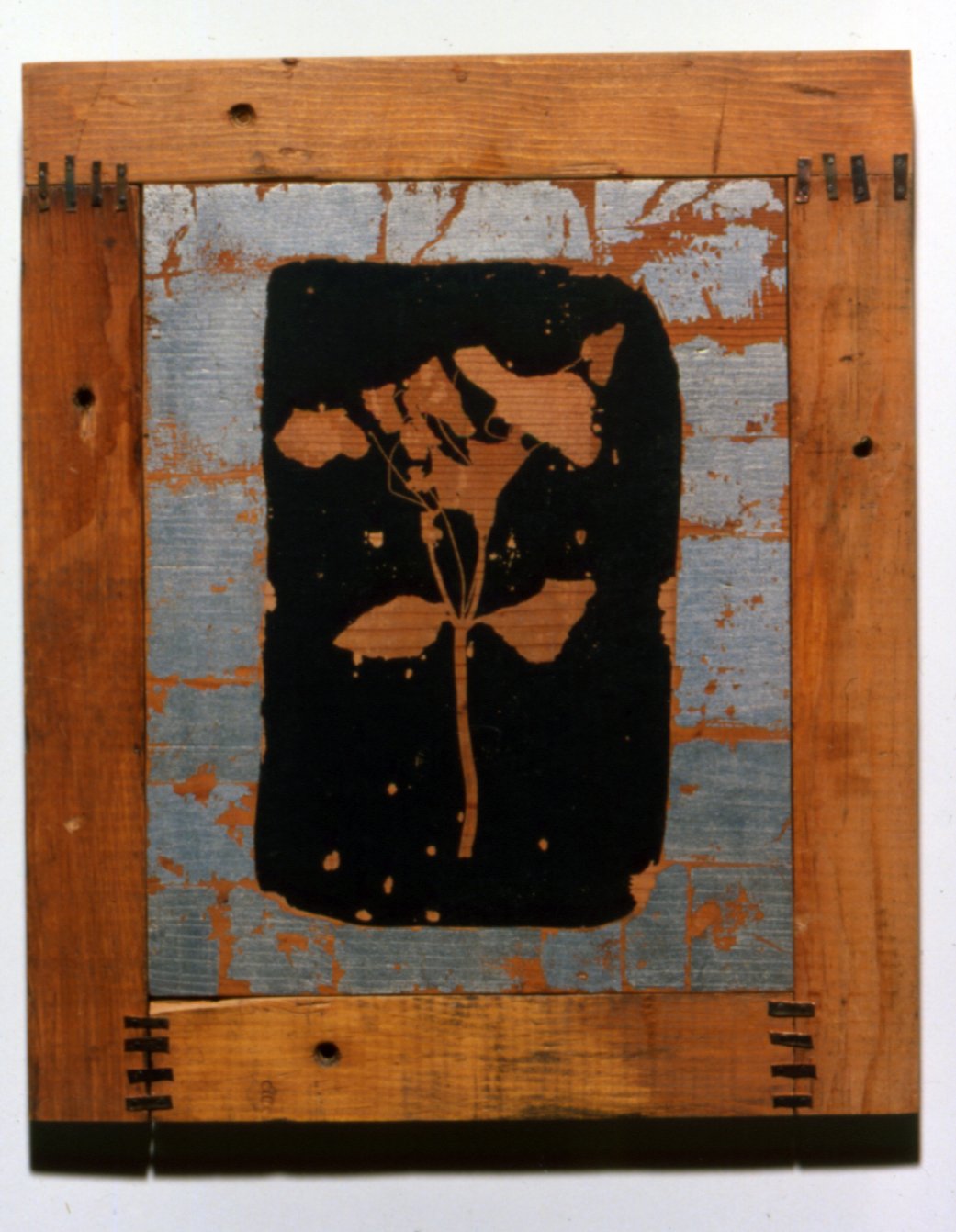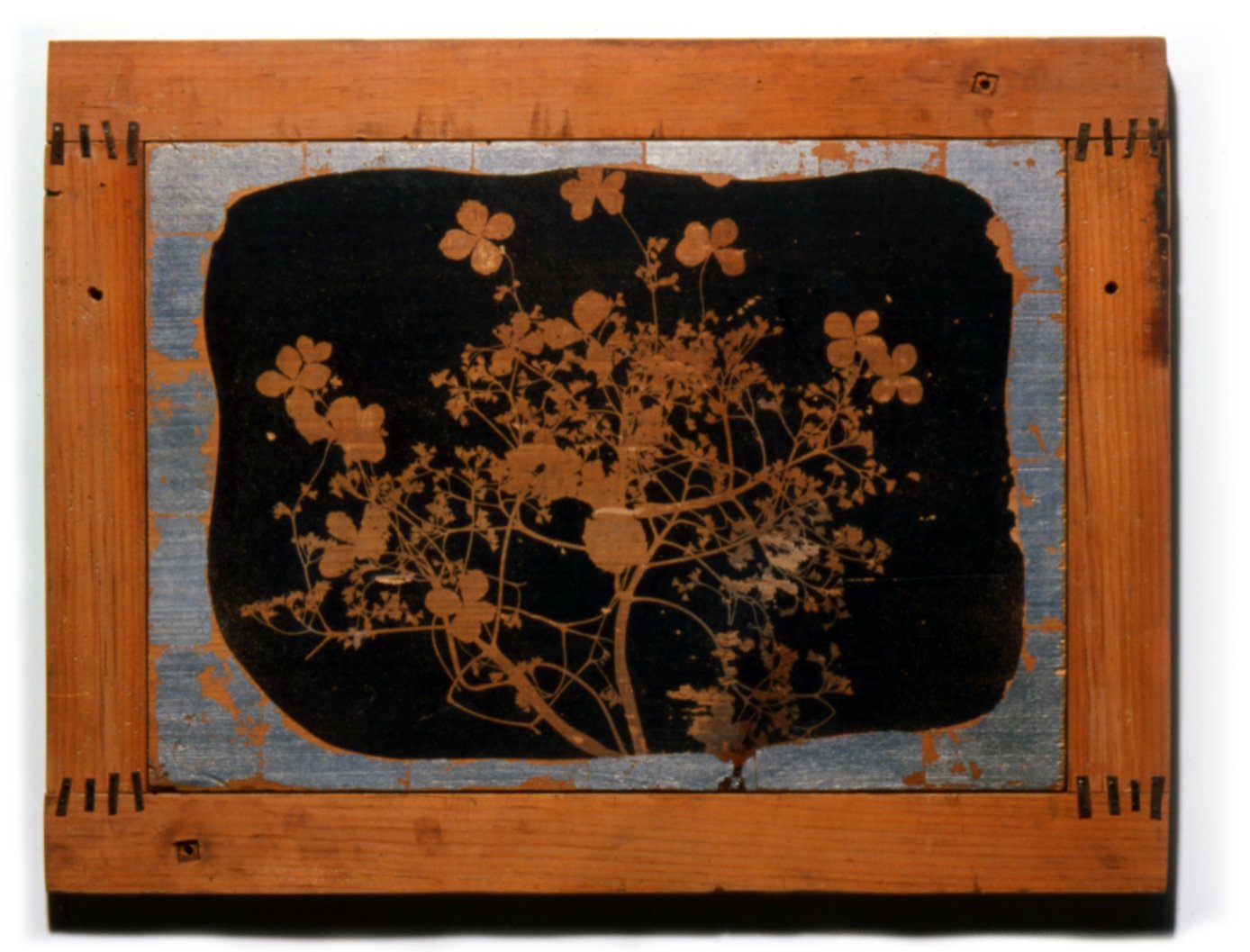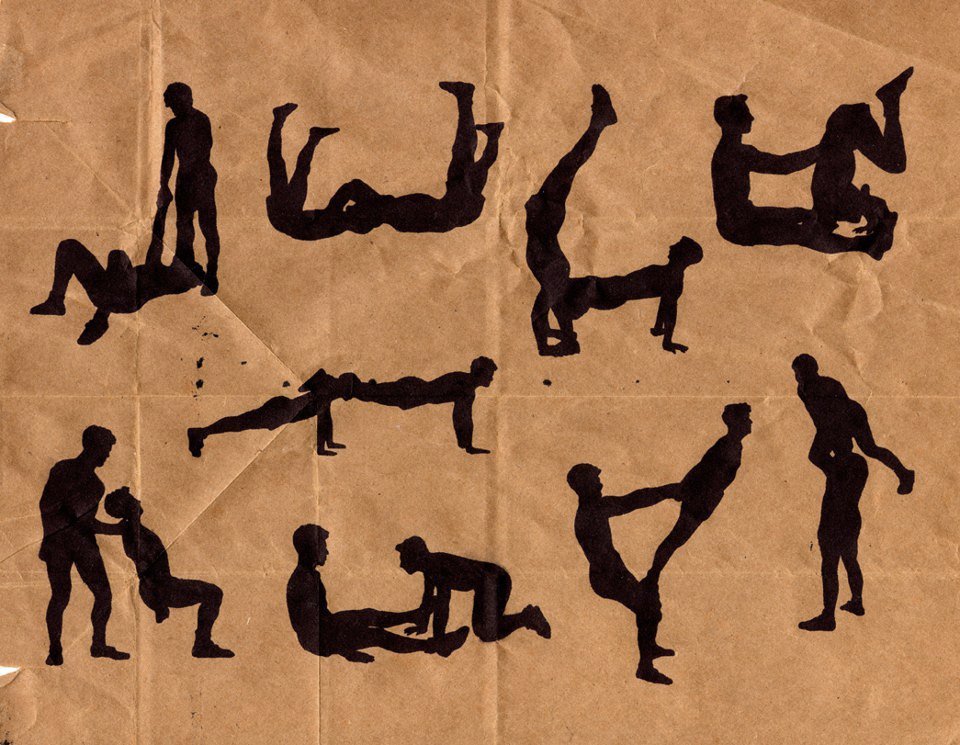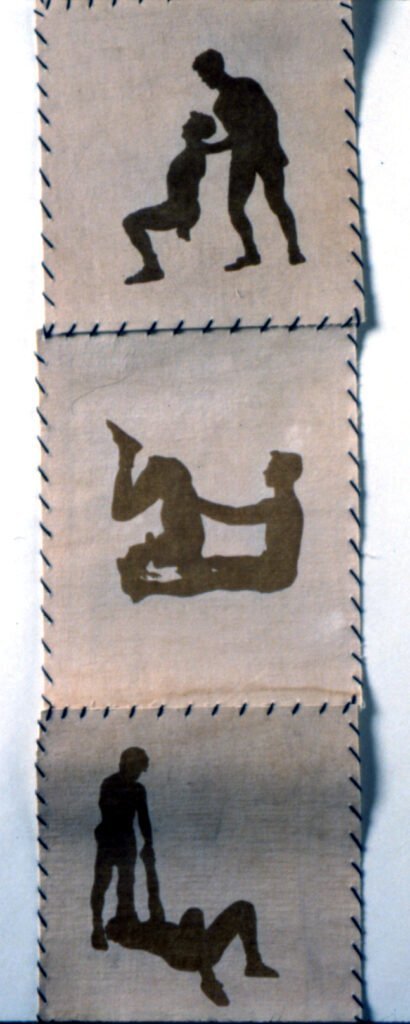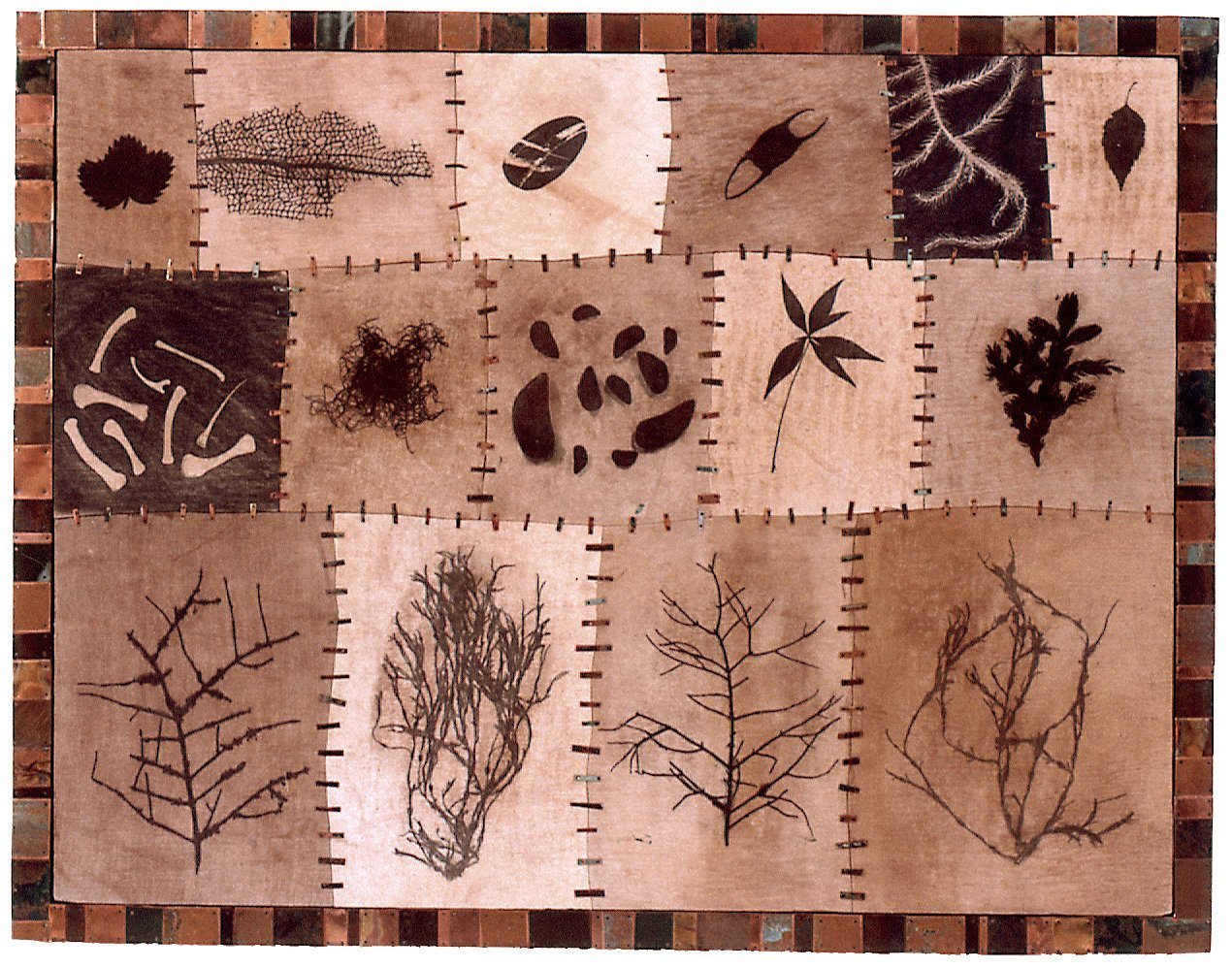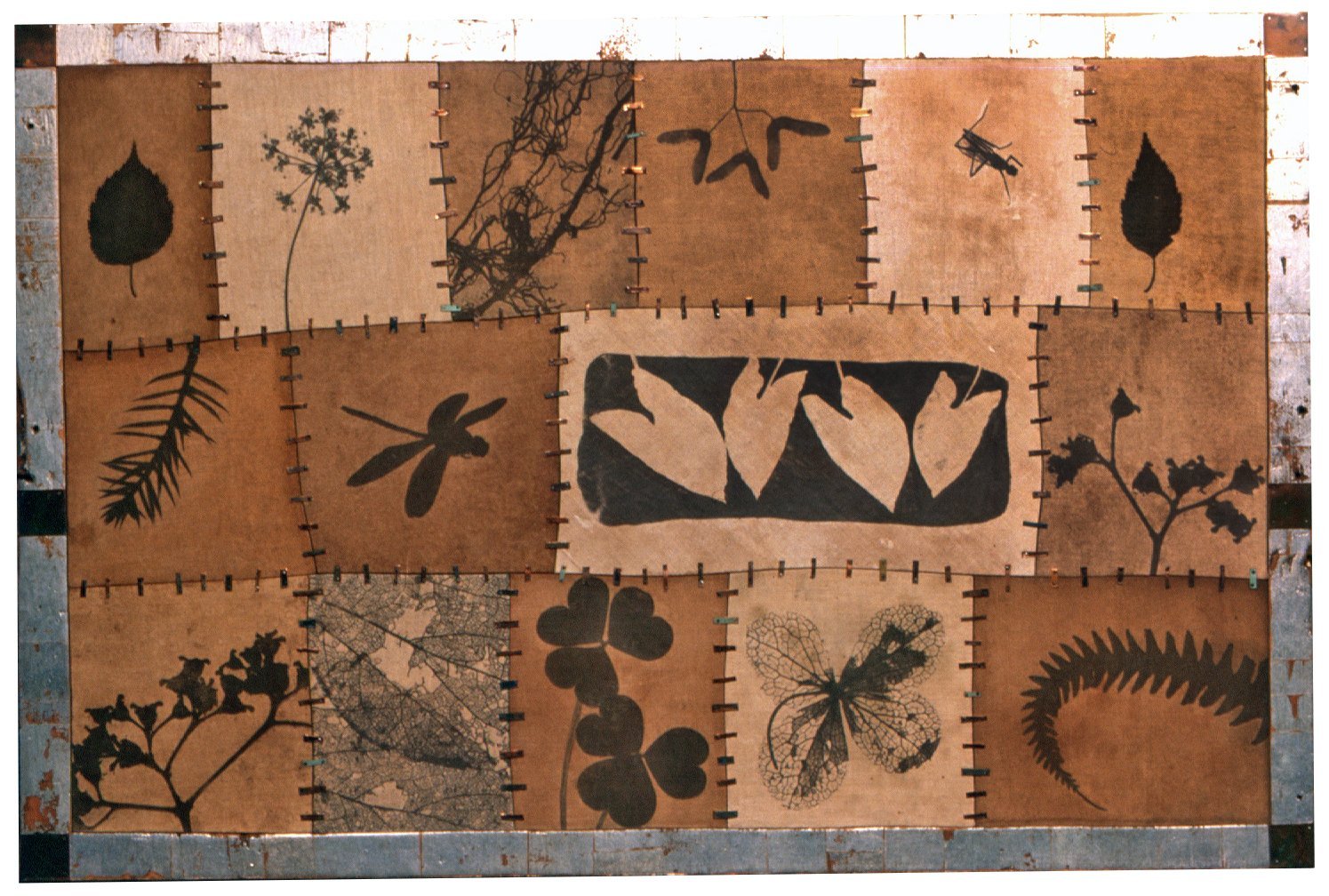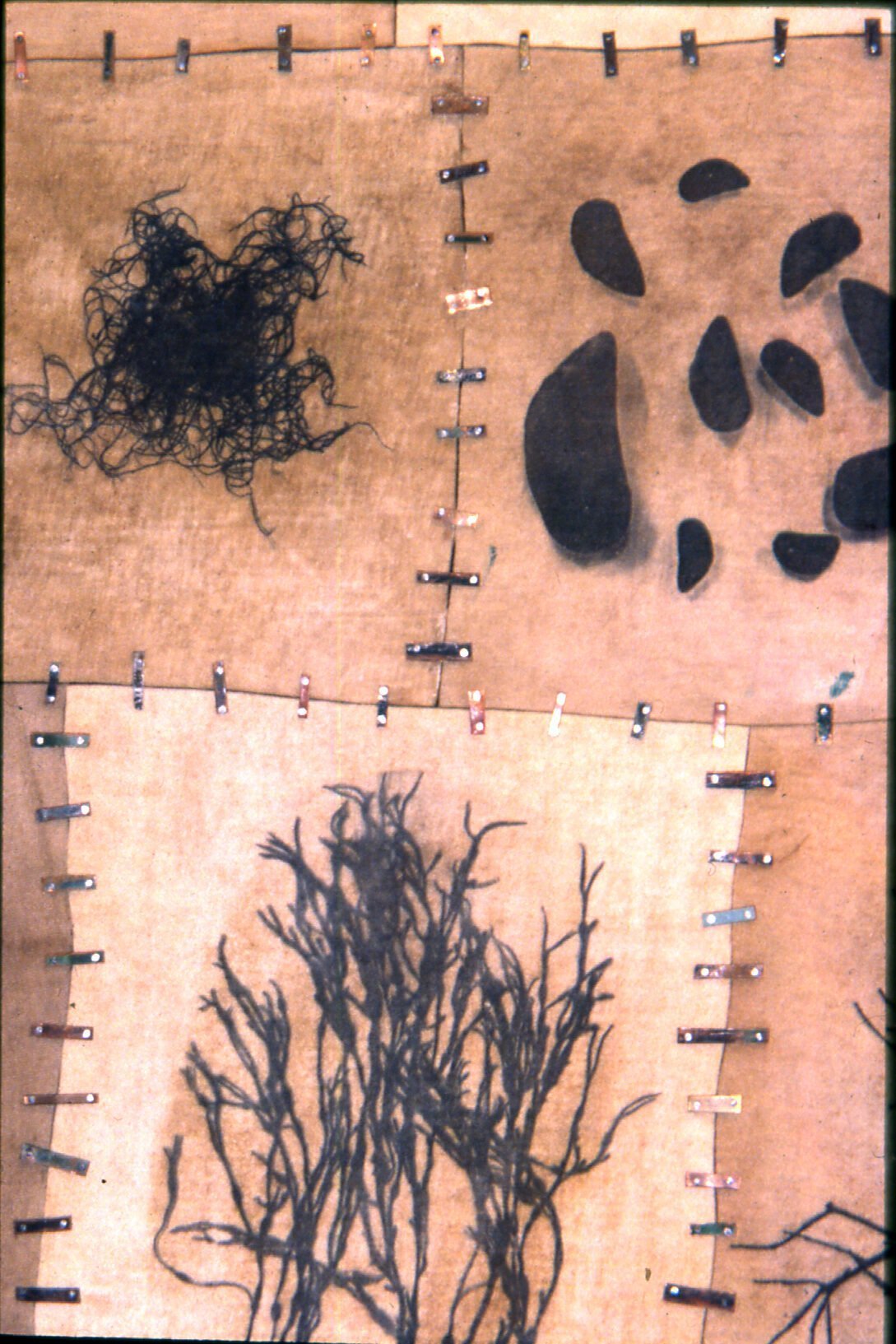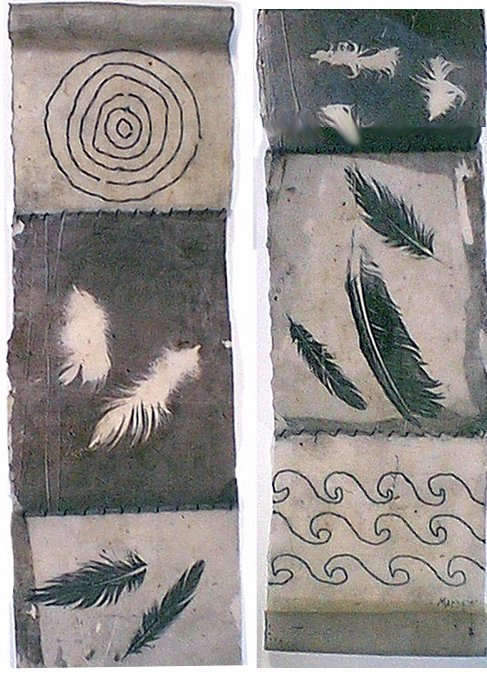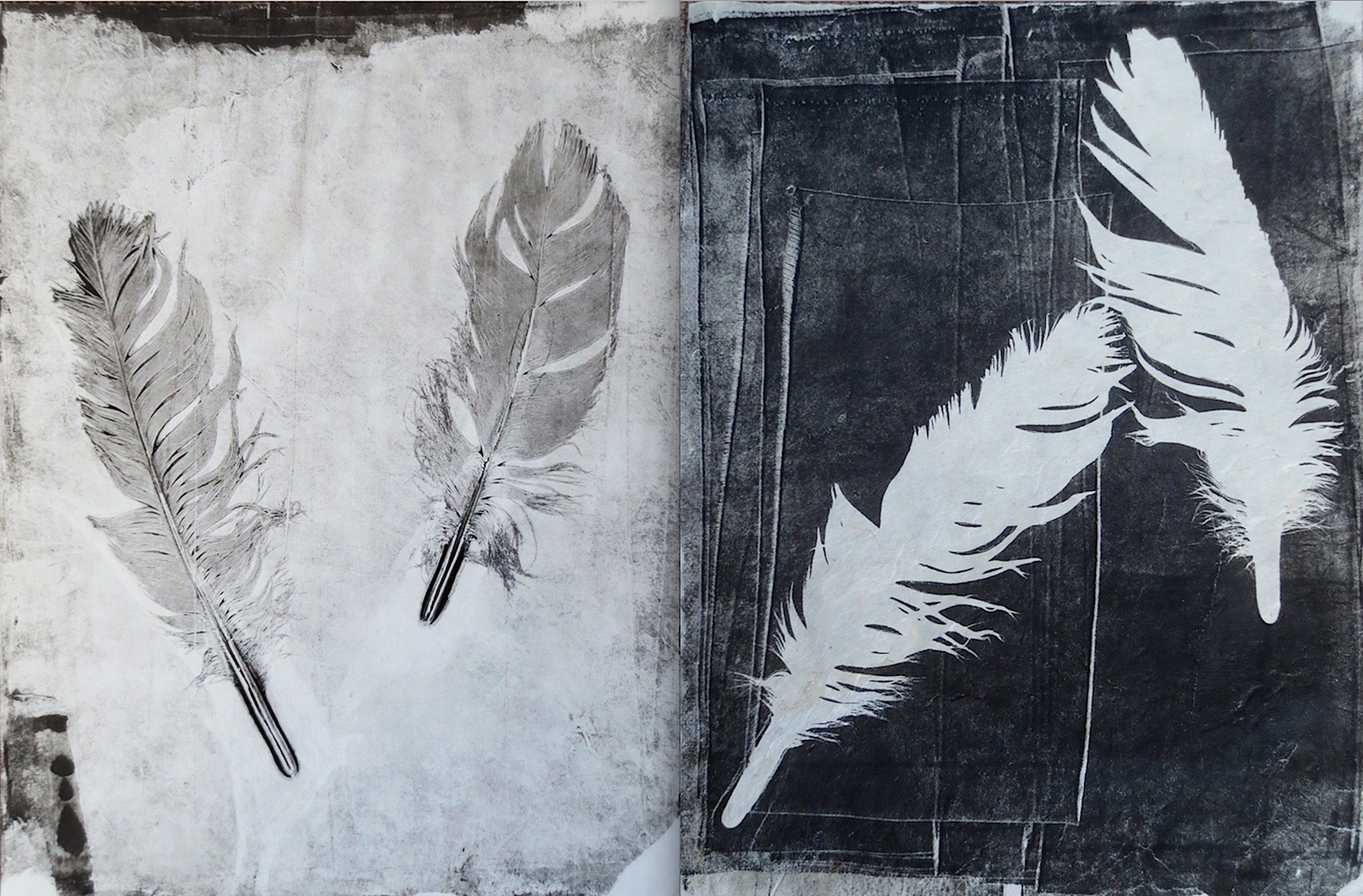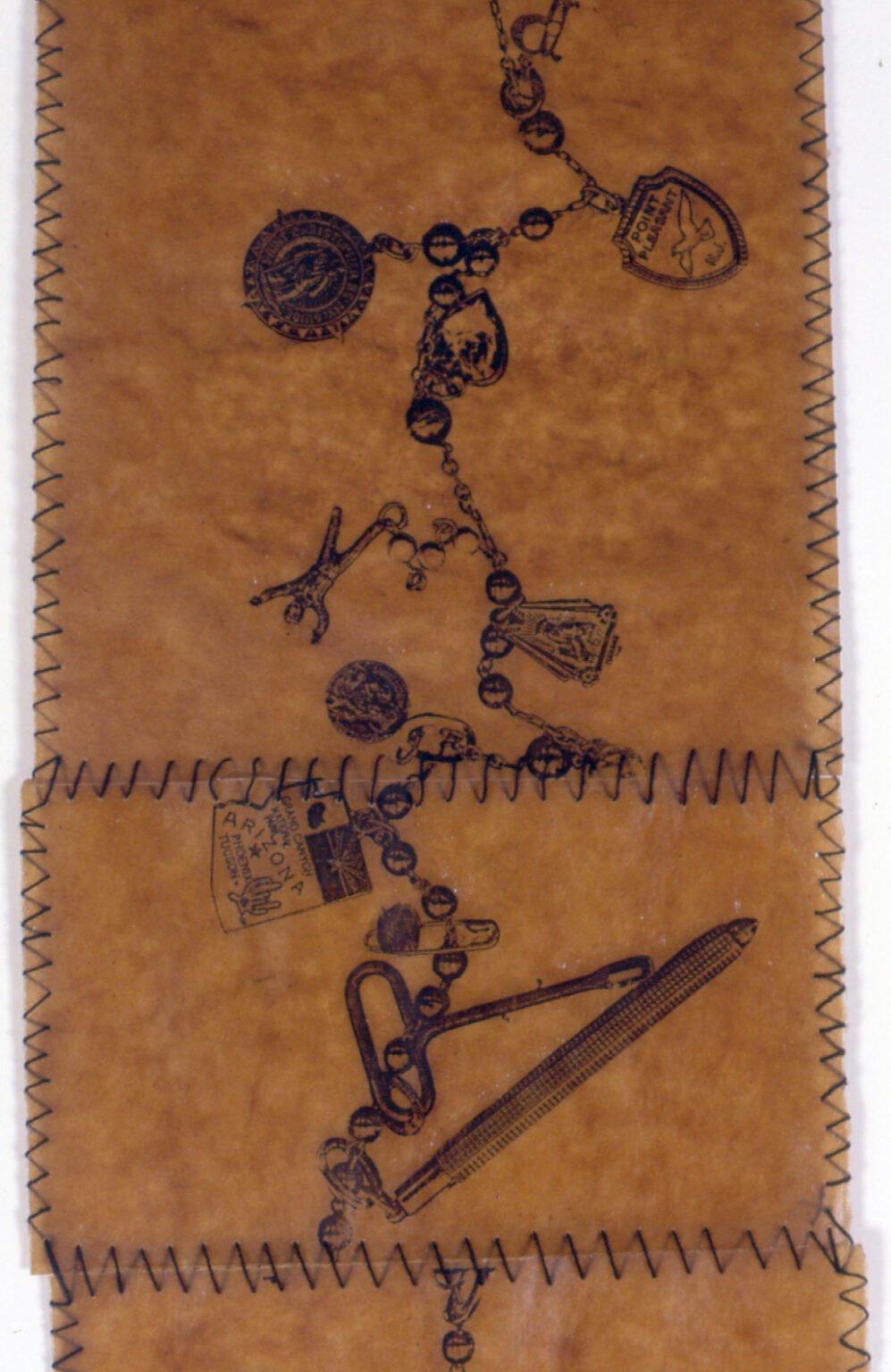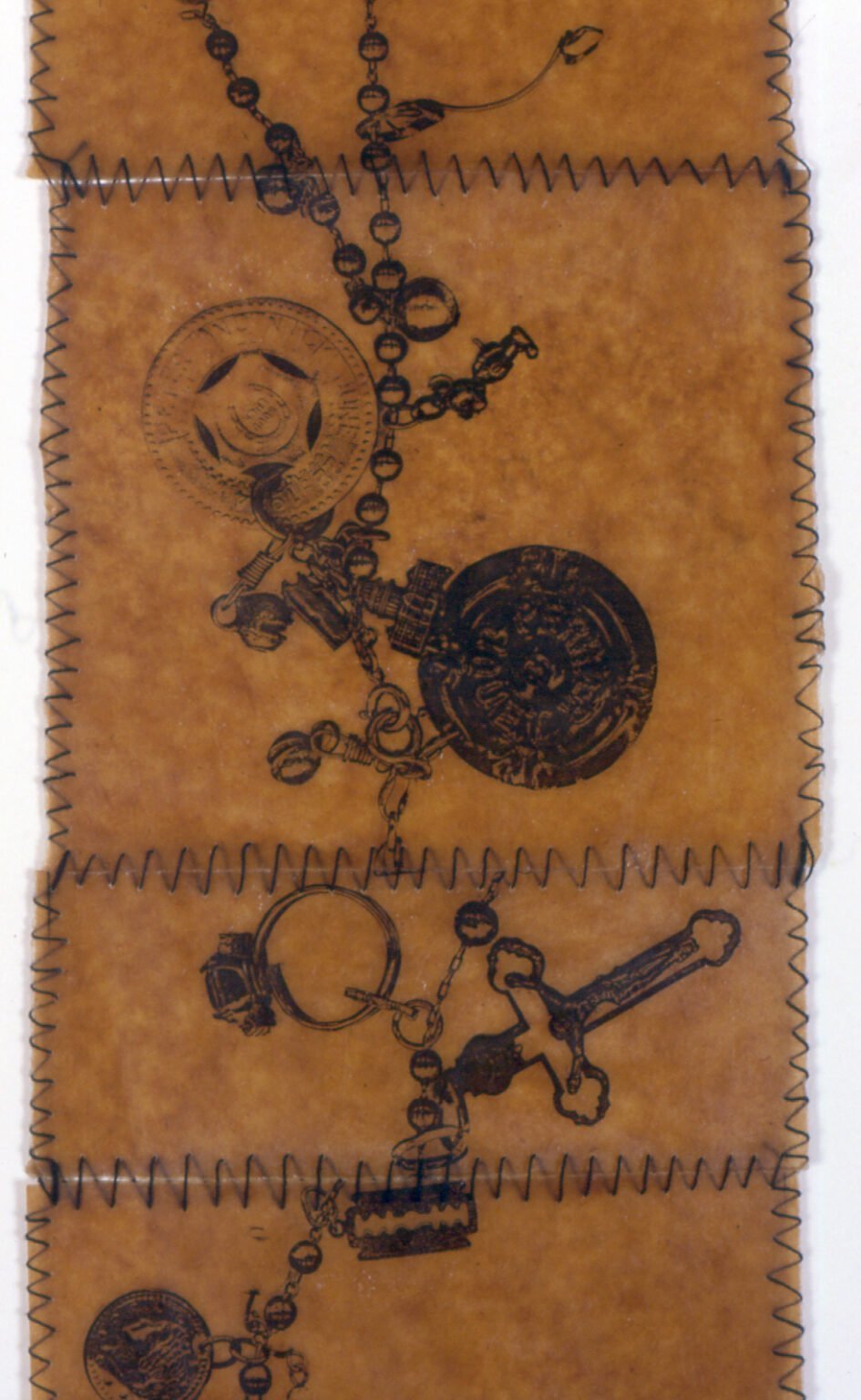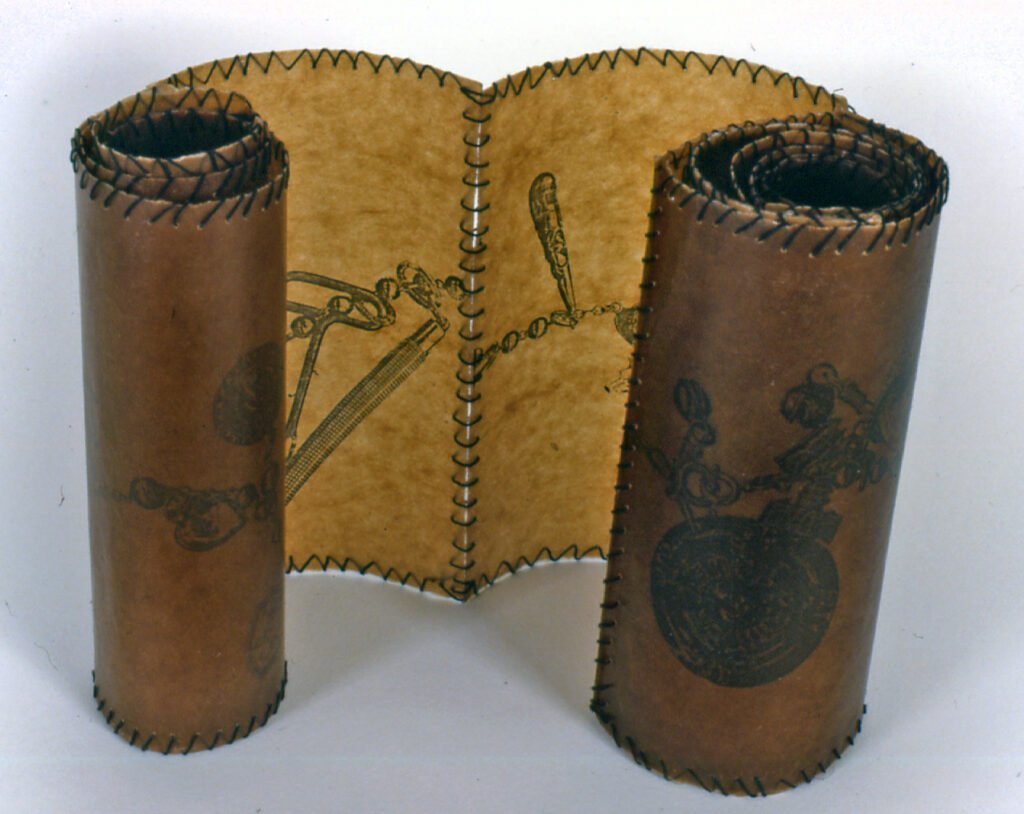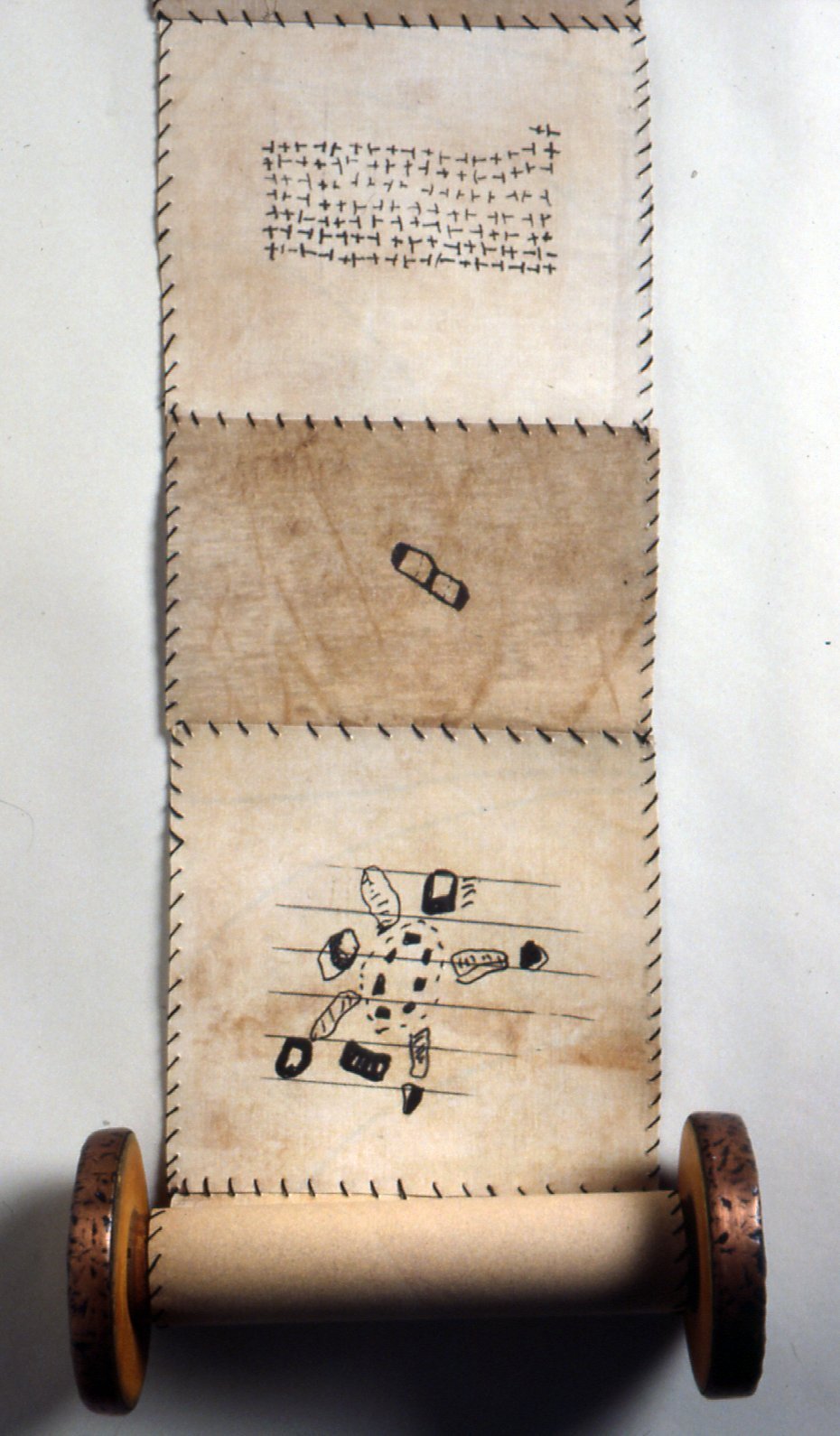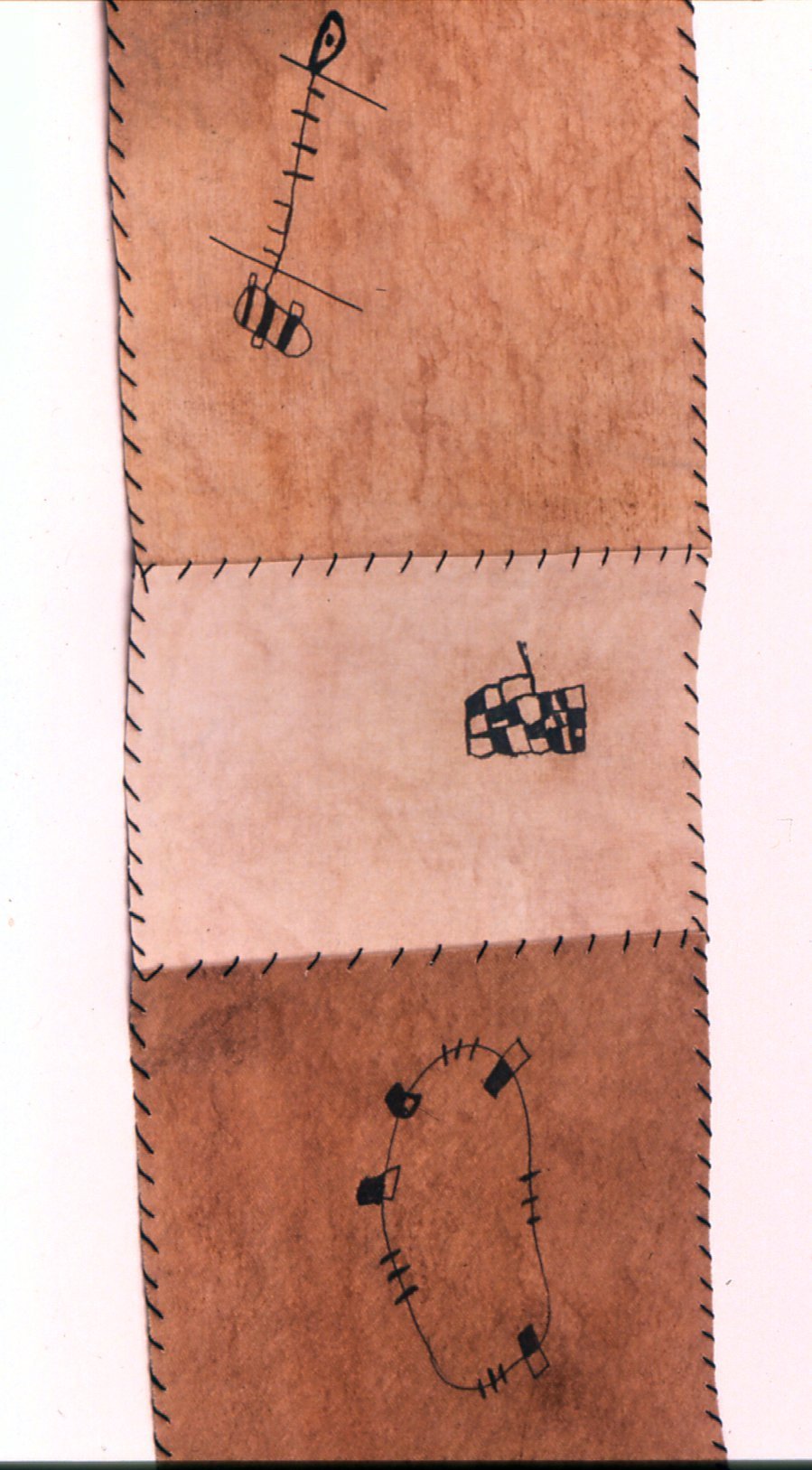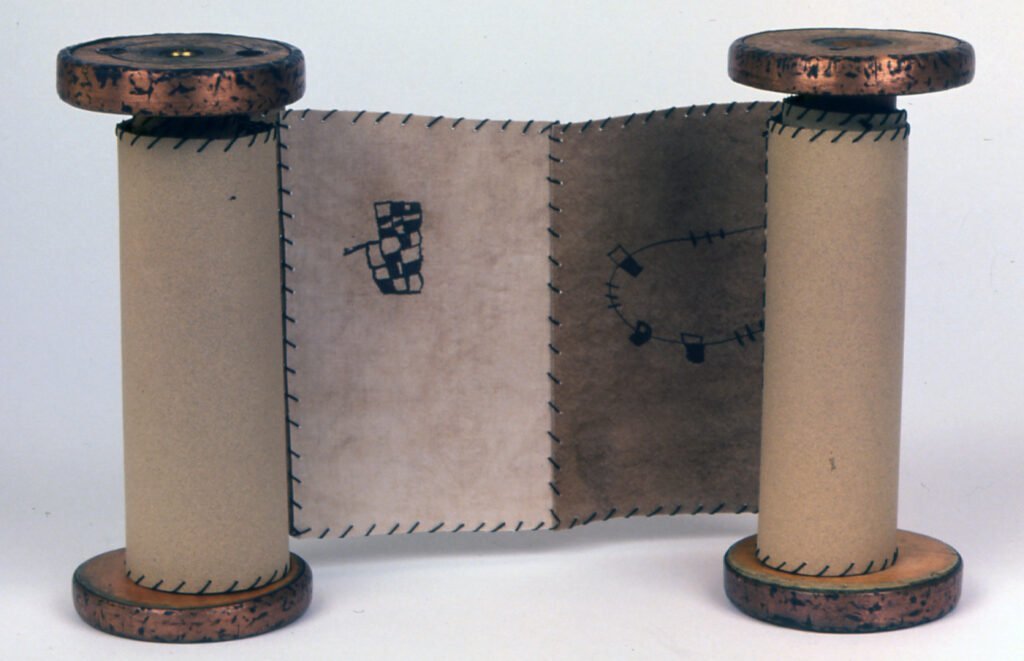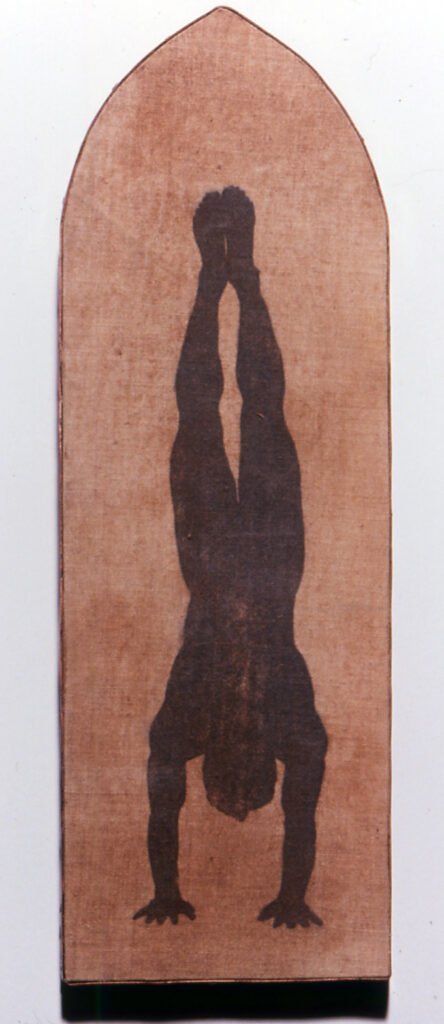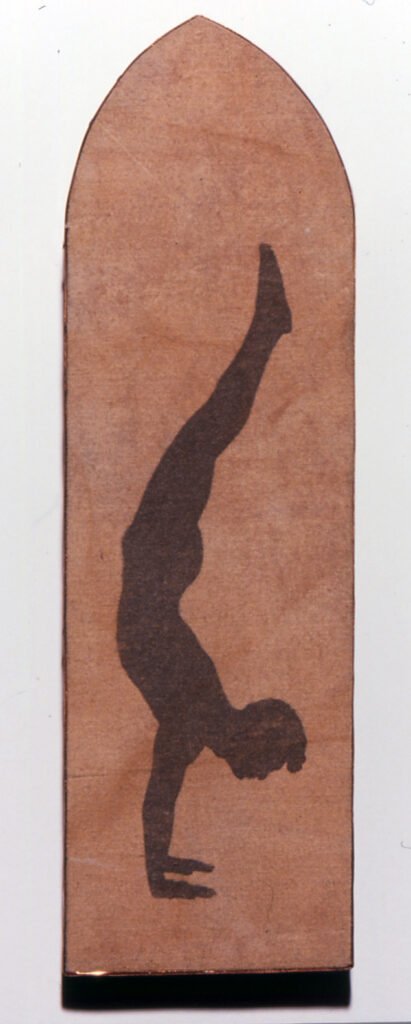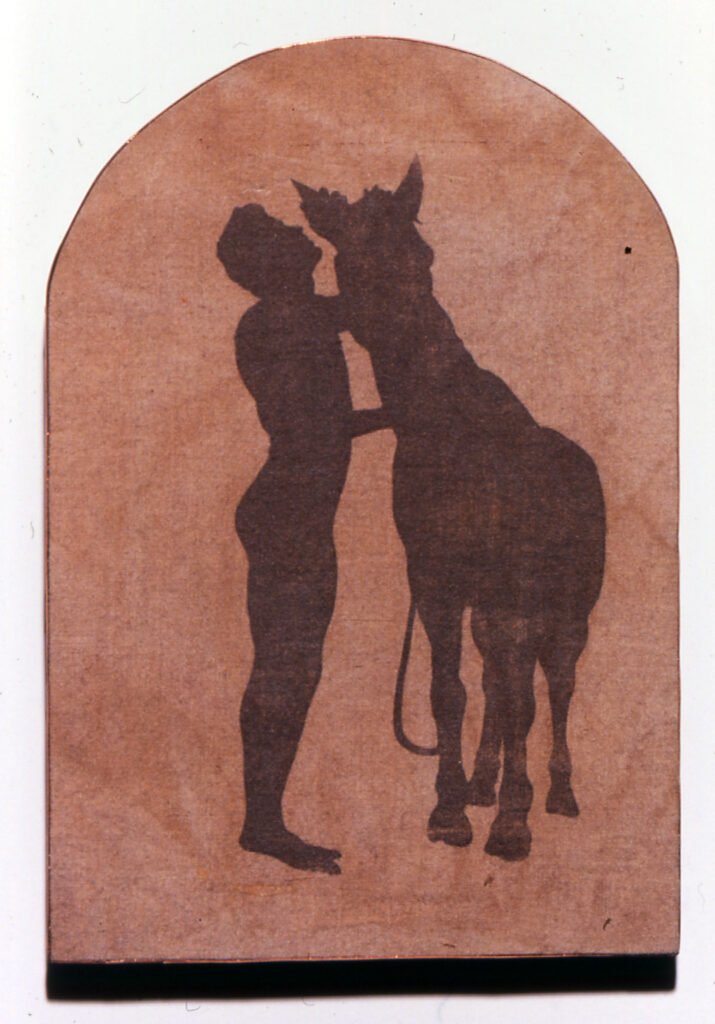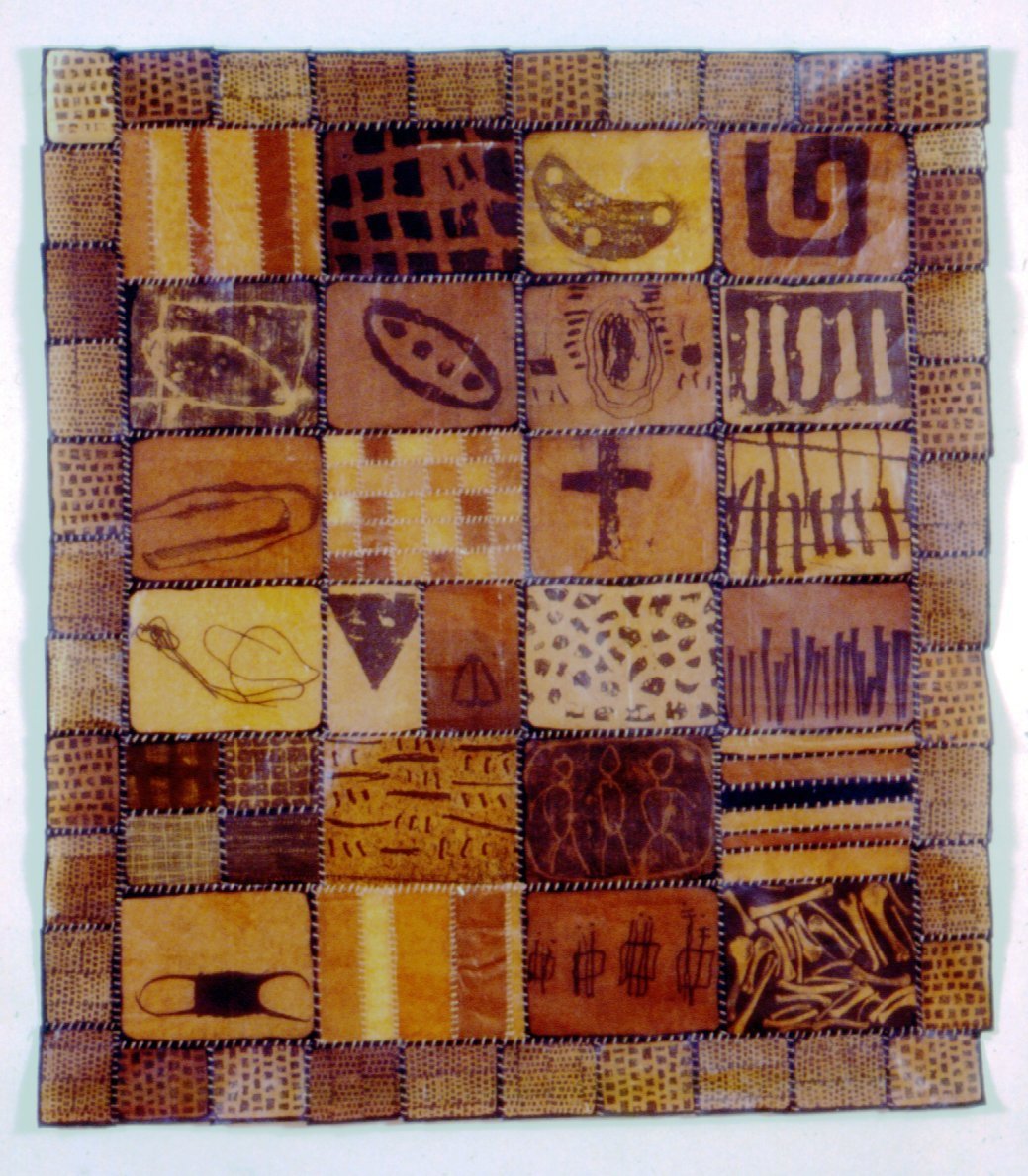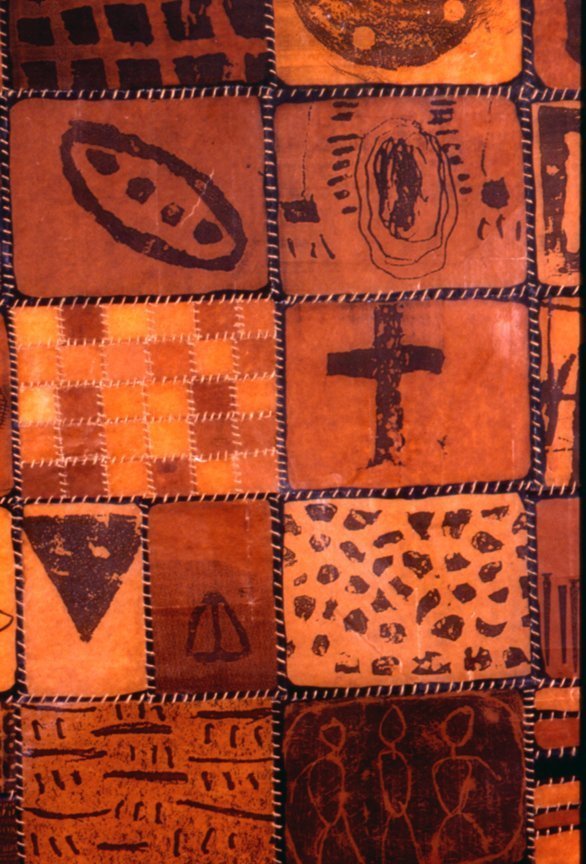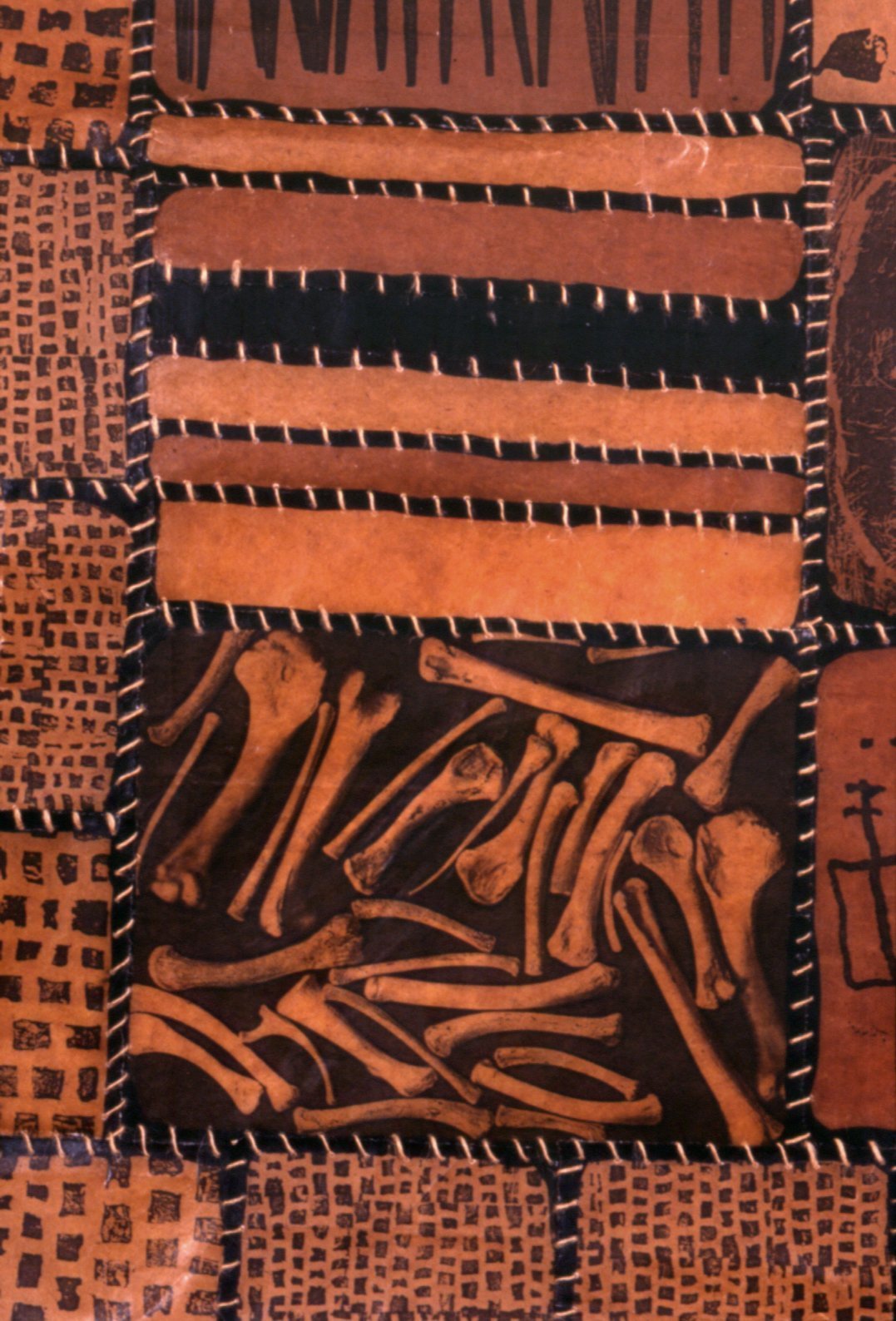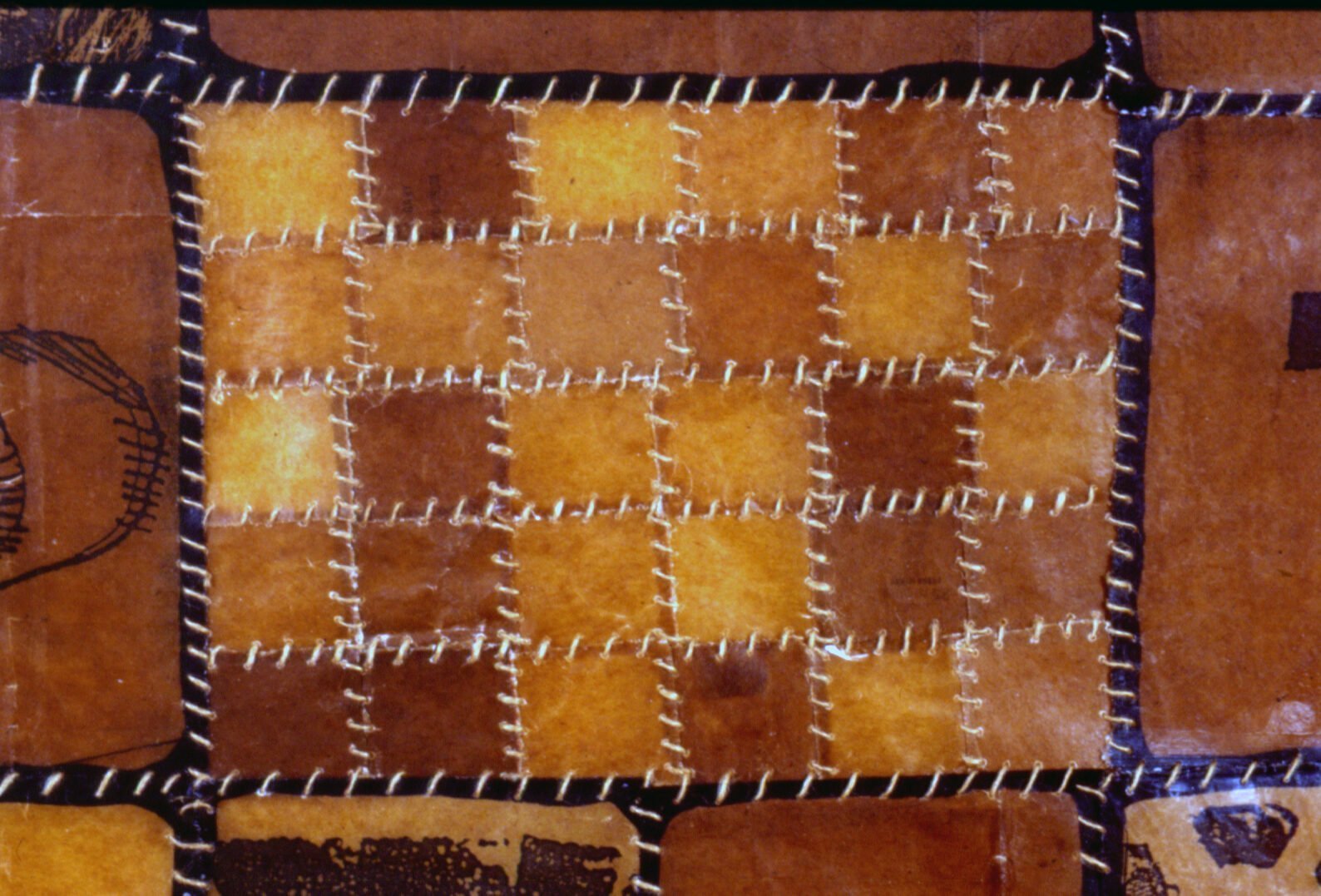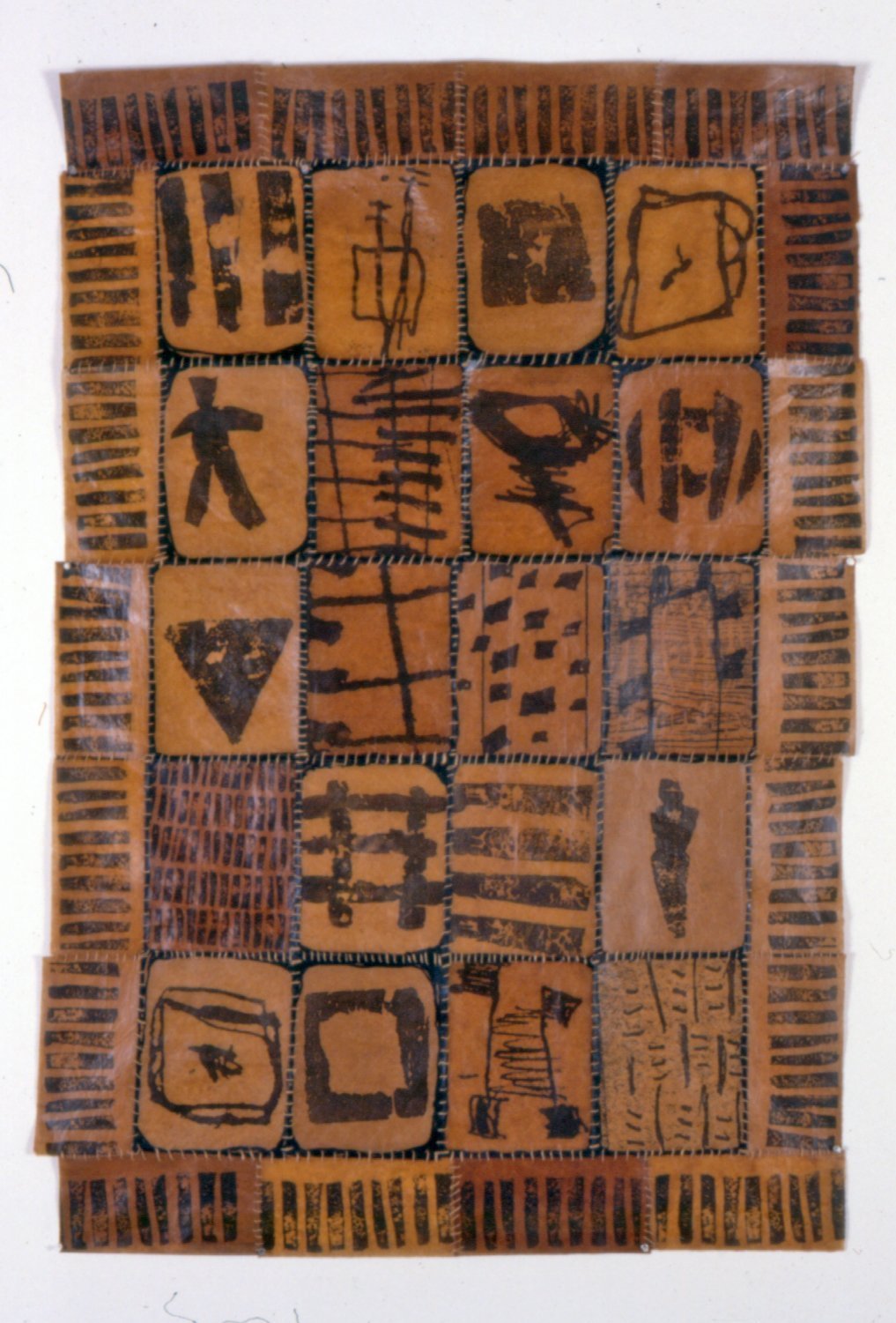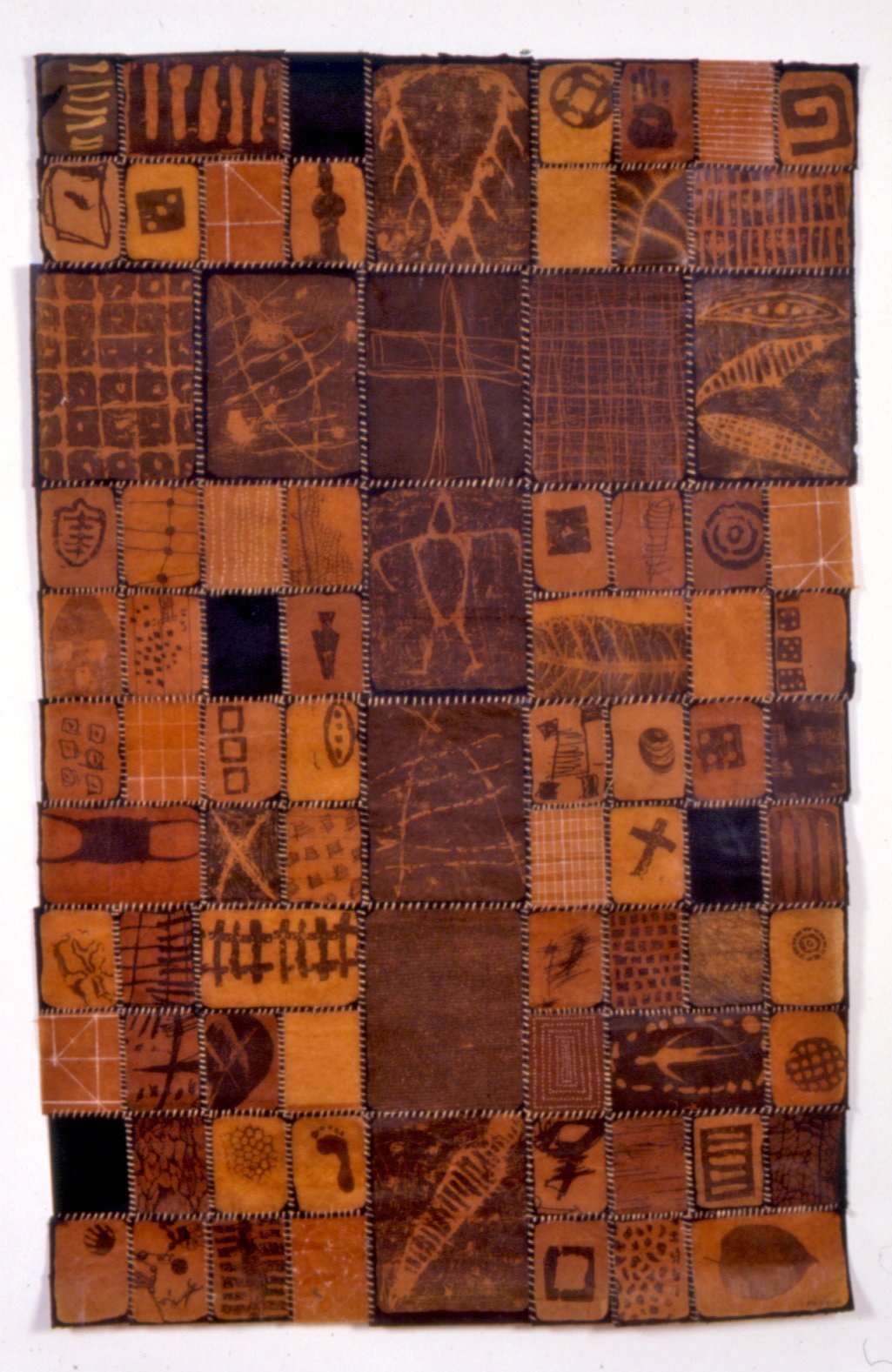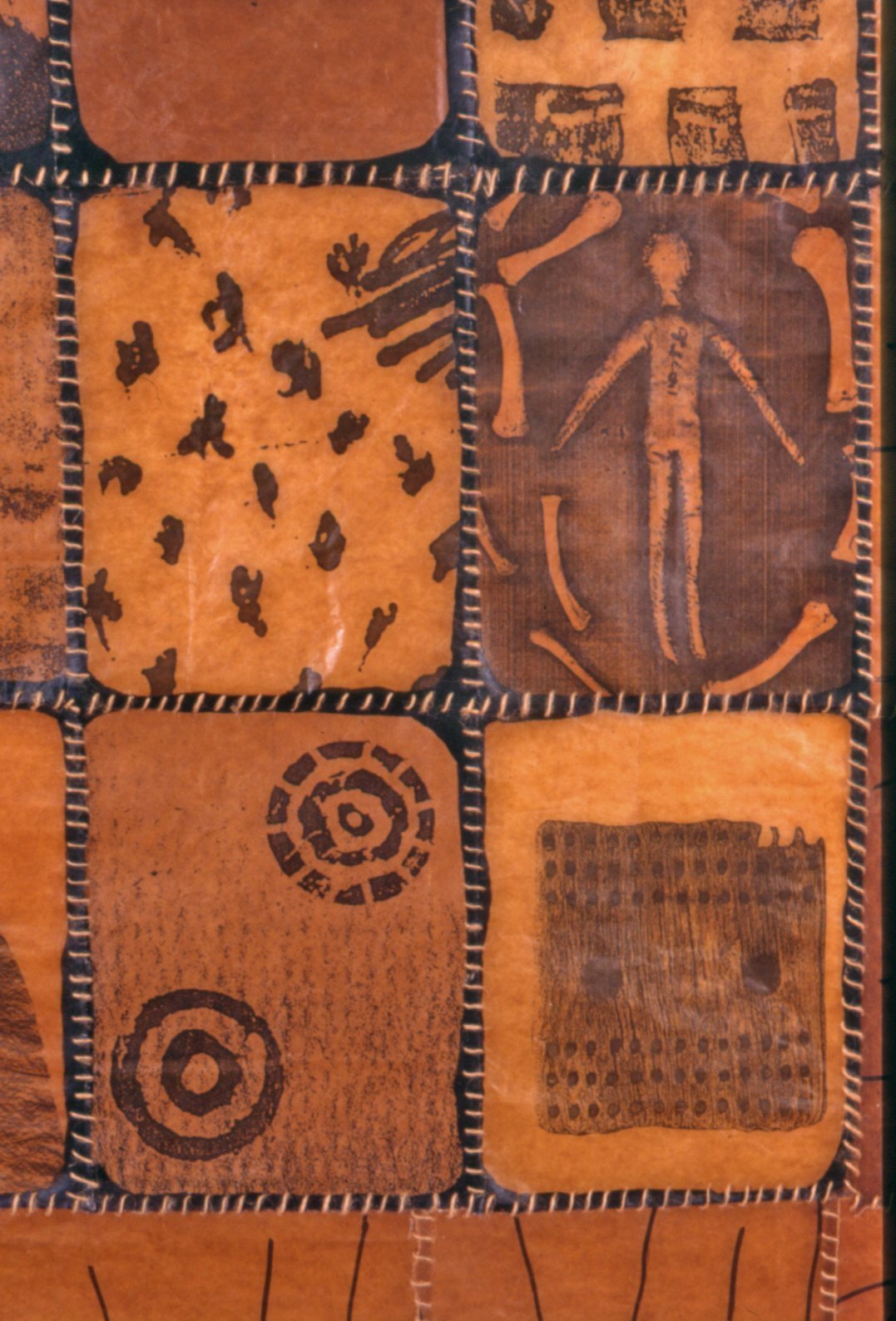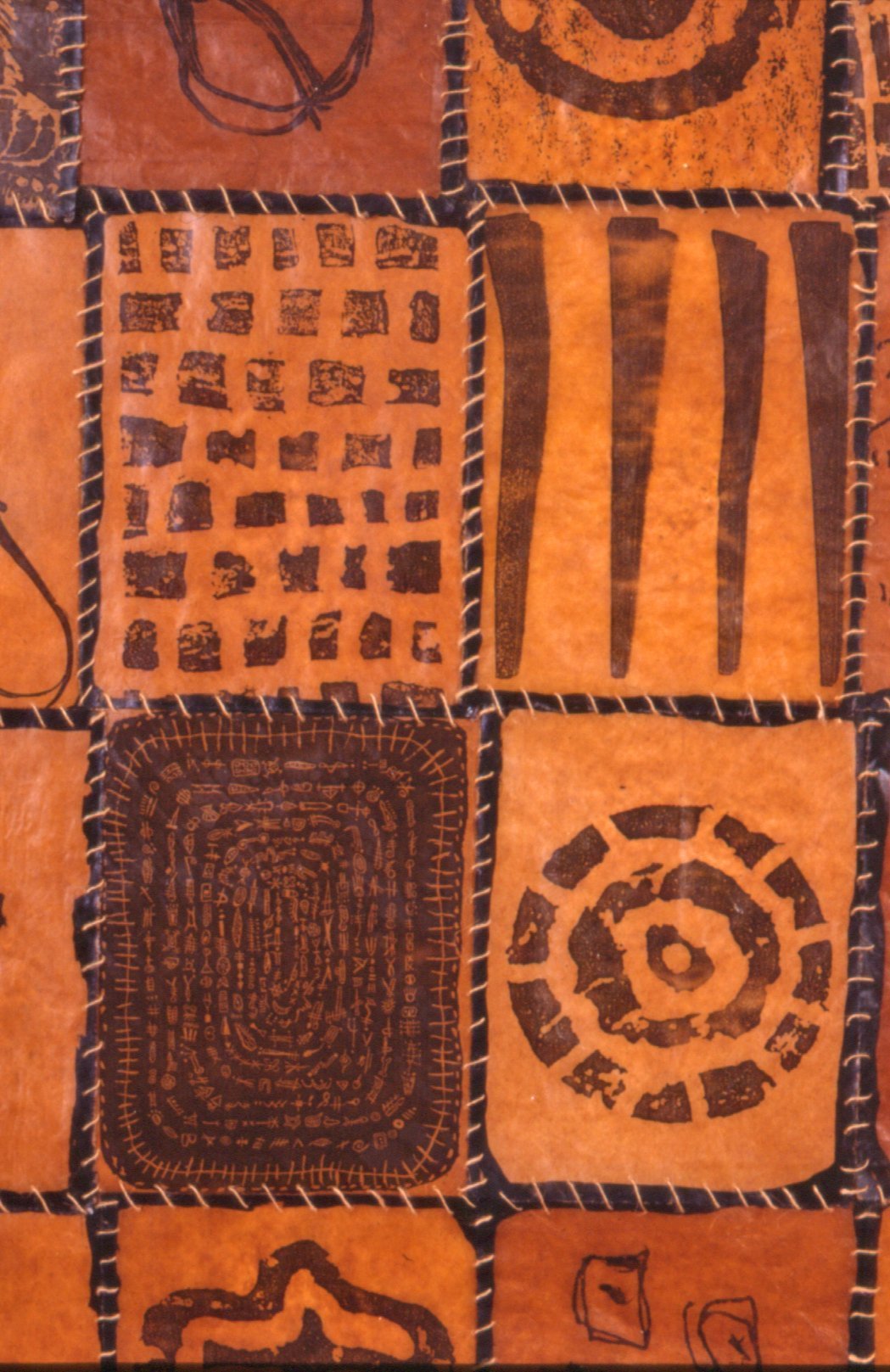Before Polaroid discontinued manufacturing a certain kind of film, Polaroid transfers and “lifts” where very popular. Photoshop even developed a frame that could be put around any photograph and make it look like a Polaroid transfer
After learning the basics I began experimenting with different surfaces, handmade slides, “tiling” images etc.
I had successful results gettings images on fabric, wood, glass, egg shells and, a material I will always be drawn to, stone.
Once I had perfected that, the fun part was to find the perfect stone for pictures I had
taken in Greece and Italy.
Before Polaroid discontinued manufacturing a certain kind of film, Polaroid transfers and “lifts” where very popular. Photoshop even developed a frame that could be put around any photograph and make it look like a Polaroid transfer
After learning the basics I began experimenting with different surfaces, handmade slides, “tiling” images etc.
I had successful results gettings images on fabric, wood, glass, egg shells and, a material I will always be drawn to, stone.
Once I had perfected that, the fun part was to find the perfect stone for pictures I had
taken in Greece and Italy.
This 11-foot-long accordion fold book was made for a benefit auction. Each letter of the alphabet is different. Images are solvent transfers on muslin stitched to a paper support.
(Private Collection, Provincetown, MA)
This 11-foot-long accordion fold book was made for a benefit auction. Each letter of the alphabet is different. Images are solvent transfers on muslin stitched to a paper support.
(Private Collection, Provincetown, MA)
These photographs on wood are examples done with an unpredictable process I began to experiment with in the late ‘90s using acrylic gel painting medium. A crisp, high contrast Xerox of the picture was coded with matte medium, placed face down on a piece of wood and allowed to dry thoroughly. I would then dampen the back of the Xerox copy and continue to gently rub it as the paper began to deteriorate leaving only the copy toner which was now embedded in the gel medium adhered to the wood.
These photographs on wood are examples done with an unpredictable process I began to experiment with in the late ‘90s using acrylic gel painting medium. A crisp, high contrast Xerox of the picture was coded with matte medium, placed face down on a piece of wood and allowed to dry thoroughly. I would then dampen the back of the Xerox copy and continue to gently rub it as the paper began to deteriorate leaving only the copy toner which was now embedded in the gel medium adhered to the wood.
This is very long scroll (approx. 12‘ x 3‘) was my ultimate collection of imagery and techniques I had been working with for years and wanted to put to bed. Various prints on brown paper bags and kraft paper were stitched together with packing twine and anchored by two relatively straight branches that had been thoroughly dried, stripped of bark, sanded, etched with a variety of patterns and symbols and embellished with dangling pieces of scrap metal, wooden beads, acorns, rocks and seashells.
This is very long scroll (approx. 12‘ x 3‘) was my ultimate collection of imagery and techniques I had been working with for years and wanted to put to bed. Various prints on brown paper bags and kraft paper were stitched together with packing twine and anchored by two relatively straight branches that had been thoroughly dried, stripped of bark, sanded, etched with a variety of patterns and symbols and embellished with dangling pieces of scrap metal, wooden beads, acorns, rocks and seashells.
The center panel of this print is a “solvent” or “Xerox” transfer of a large-scale Xerox copy of a cyanotype on kraft paper which was then waxed and framed with a border of smaller prints sewn together. The imagery is the silhouette of a handmade, fabric doll floating in a sea of objects I collect.
The center panel of this print is a “solvent” or “Xerox” transfer of a large-scale Xerox copy of a cyanotype on kraft paper which was then waxed and framed with a border of smaller prints sewn together. The imagery is the silhouette of a handmade, fabric doll floating in a sea of objects I collect.
Done in the late 80s, this is one of the first books I ever made when I was experimenting with binding structures and photographic processes. The portrait of myself on the left is a Xerox/solvent transfer on paper and the righthand side shows one of my parents’ wedding pictures printed using the Van Dyke photo process also called “brown printing,” an early technique discovered by Anthony Van Dyke and patented in Germany in the late 1800s.
Done in the late 80s, this is one of the first books I ever made when I was experimenting with binding structures and photographic processes. The portrait of myself on the left is a Xerox/solvent transfer on paper and the righthand side shows one of my parents’ wedding pictures printed using the Van Dyke photo process also called “brown printing,” an early technique discovered by Anthony Van Dyke and patented in Germany in the late 1800s.
Composed of panels done from 20 x 24 Polaroid photographs printed on brown paper bags and then waxed and stitched together, Vestiges is a life-size catalog of every mark on my body that I wasn’t born with: vaccinations, tattoos, broken nose, scars, … techniques I was already working with were perfect for this since the waxed brown paper resembles tanned hide and sewing references stitches from accidents.
Composed of panels done from 20 x 24 Polaroid photographs printed on brown paper bags and then waxed and stitched together, Vestiges is a life-size catalog of every mark on my body that I wasn’t born with: vaccinations, tattoos, broken nose, scars, … techniques I was already working with were perfect for this since the waxed brown paper resembles tanned hide and sewing references stitches from accidents.
A year or so after my father was cremated, I asked my mother what she had done with the ashes. She laughed and told me that they were in a shoebox on the top shelf in the hall closet. Feeling that they deserved a more respectable depository, I commissioned a ceramicist whose work I admired, to make 7 urns: one for my mother, one for myself and one for each of my siblings. During the process of consulting with my family about what the urns should look like, I made some prints of various styles. The prints were done on either wood or fabric mounted over wood and embellished with metallic leaf, stitching and metal work.
A year or so after my father was cremated, I asked my mother what she had done with the ashes. She laughed and told me that they were in a shoebox on the top shelf in the hall closet. Feeling that they deserved a more respectable depository, I commissioned a ceramicist whose work I admired, to make 7 urns: one for my mother, one for myself and one for each of my siblings. During the process of consulting with my family about what the urns should look like, I made some prints of various styles. The prints were done on either wood or fabric mounted over wood and embellished with metallic leaf, stitching and metal work.
Growing up with a sibling a year and a half younger, we developed our own, very personal frame of reference and dictionary. Often one word would be enough to refer to a long string of stories or events in our past that we both experienced. Symbols representing key events in our lives together surround a portrait of us done from a 20 x 24 Polaroid printed on Kraft paper, waxed and sewn. In response to a lengthy explanation of the technical processes given to a friend who had simply asked, “How did you do that?” he then asked, ”No, how did you get that picture standing next to yourself in drag?”
Growing up with a sibling a year and a half younger, we developed our own, very personal frame of reference and dictionary. Often one word would be enough to refer to a long string of stories or events in our past that we both experienced. Symbols representing key events in our lives together surround a portrait of us done from a 20 x 24 Polaroid printed on Kraft paper, waxed and sewn. In response to a lengthy explanation of the technical processes given to a friend who had simply asked, “How did you do that?” he then asked, ”No, how did you get that picture standing next to yourself in drag?”
Taking its title from a favorite documentary I first saw in the late 70s, this series is a continuation of my exploration of the simple beauty I find in nature. Prints are done on found, weathered, wood embellished with silver leaf and small copper fastenings.
Taking its title from a favorite documentary I first saw in the late 70s, this series is a continuation of my exploration of the simple beauty I find in nature. Prints are done on found, weathered, wood embellished with silver leaf and small copper fastenings.
Another example of how I often recycle my own images, The silhouettes for this piece were done from photographs in vintage books on gymnastics. Although perfectly benign I found many of the poses to be a bit suggestive.
One is a simple print of the silhouettes on a piece of brown paper bag. The other a scroll of tannic acid-dyed Cyanotypes on cotton, mounted on paper and sewn together with wood and copper anchors at each end.
Another example of how I often recycle my own images, The silhouettes for this piece were done from photographs in vintage books on gymnastics. Although perfectly benign I found many of the poses to be a bit suggestive.
One is a simple print of the silhouettes on a piece of brown paper bag. The other a scroll of tannic acid-dyed Cyanotypes on cotton, mounted on paper and sewn together with wood and copper anchors at each end.
Solvent transfers on cotton, mounted on wood with copper fastenings.
Growing up in Manhattan and spending my summers on the Jersey shore, I never really saw unspoiled nature. The first time I visited Deer Isle, an island off the coast of Maine accessed via causeway, I recall looking at the water and thinking there must be some sort of chemicals or pollution in it because it was so vividly blue. In fact, it was just pure, clean water in sunlight. Later that night, I saw my first shooting star- I was all alone and loudly exclaimed, “WOW.” The next day, walking through the woods, I found myself in a completely, unfamiliar world. Is that an animal or plant? Is it dead or alive? If it’s alive, is it going to attack me? With my excitement and fear being about equal, the series called sinister nature was born. A life-changing experience that instilled in me great love, admiration and respect for the simplest things in nature.
Solvent transfers on cotton, mounted on wood with copper fastenings.
Growing up in Manhattan and spending my summers on the Jersey shore, I never really saw unspoiled nature. The first time I visited Deer Isle, an island off the coast of Maine accessed via causeway, I recall looking at the water and thinking there must be some sort of chemicals or pollution in it because it was so vividly blue. In fact, it was just pure, clean water in sunlight. Later that night, I saw my first shooting star- I was all alone and loudly exclaimed, “WOW.” The next day, walking through the woods, I found myself in a completely, unfamiliar world. Is that an animal or plant? Is it dead or alive? If it’s alive, is it going to attack me? With my excitement and fear being about equal, the series called sinister nature was born. A life-changing experience that instilled in me great love, admiration and respect for the simplest things in nature.
I began the prints for this when I was teaching a month-long course in Greece. Back home in my studio, the prints were waxed and stitched together adding panels of concentric circles at the top representing the sun and at the bottom, the stylized waves seen in early Minoan art referring to the tale of Icarus drowning in the sea after flying too close to the sun with his waxed-wings.
(Private Collection, CA)
I began the prints for this when I was teaching a month-long course in Greece. Back home in my studio, the prints were waxed and stitched together adding panels of concentric circles at the top representing the sun and at the bottom, the stylized waves seen in early Minoan art referring to the tale of Icarus drowning in the sea after flying too close to the sun with his waxed-wings.
(Private Collection, CA)
The imagery on this 8-foot long scroll done on kraft paper began in the 70s with a broken, antique, silver rosary that I began adding sentimental objects to: a steel tap from the heel of my father’s shoe, a rhinestone engagement ring, the flattened metal top of a bottle of champagne, bracelet charms from places I’d visited or lived, my sister‘s braces… As the years went on, I added additional chains and objects and inadvertently pieced together a sort of timeline or biography told without any words.
The imagery on this 8-foot long scroll done on kraft paper began in the 70s with a broken, antique, silver rosary that I began adding sentimental objects to: a steel tap from the heel of my father’s shoe, a rhinestone engagement ring, the flattened metal top of a bottle of champagne, bracelet charms from places I’d visited or lived, my sister‘s braces… As the years went on, I added additional chains and objects and inadvertently pieced together a sort of timeline or biography told without any words.
Whenever I’m on the phone, in a meeting or sometimes talking with a friend, I find myself constantly, “doodling.” I began to collect them over four decades ago because they appealed to me, looked nothing like anything I would deliberately draw, and I had realized that they flowed from the same subconscious source as the dreams I wrote down in the morning on a daily basis. Hence the title, “Mental Notes.”
Since re-drawing them usually looks very self-conscious, I use the original tiny drawings, Xerox them, clean them up, enlarge or reduce them and then print them on muslin which is then mounted on paper. The panels are hand-stitched together and, in the case of this scroll, anchored with antique wooden spools at either end.
Whenever I’m on the phone, in a meeting or sometimes talking with a friend, I find myself constantly, “doodling.” I began to collect them over four decades ago because they appealed to me, looked nothing like anything I would deliberately draw, and I had realized that they flowed from the same subconscious source as the dreams I wrote down in the morning on a daily basis. Hence the title, “Mental Notes.”
Since re-drawing them usually looks very self-conscious, I use the original tiny drawings, Xerox them, clean them up, enlarge or reduce them and then print them on muslin which is then mounted on paper. The panels are hand-stitched together and, in the case of this scroll, anchored with antique wooden spools at either end.
This is a series of 30 different silhouettes printed on muslin, dyed with coffee grounds, mounted on palm-sized wood panels and finished with copper edging.
(Private Collection, Savanah, GA)
This is a series of 30 different silhouettes printed on muslin, dyed with coffee grounds, mounted on palm-sized wood panels and finished with copper edging.
(Private Collection, Savanah, GA)
At 13, I had a long, epic, dream that I wrote down in detail on three pieces of yellow, legal-size paper front and back. At first, I thought of it as just a silly pastiche of people, images and references, but after going over it a few times I was able to “read between the lines” and realized how much the dream said about how I viewed the world, life and myself. Ever since then, when I remember them clearly, I have religiously written down my dreams.
In college, I became interested in Carl Jung’s theories on dream analysis and the collective unconscious. Like Freud, he believed that the human mind contains “archaic remnants”; residues of the long history of evolution of mankind. ‘In the unconscious, primordial, universally human images lie dormant. Those primordial images are the most ancient, universal and “deep “thoughts of mankind – thoughts we all share.”
On my first journey to Greece, I had photographed, drawn and done rubbings of the plethora of images, symbols and patterns on ceramics, cylindrical seal stones, mosaics and frescoes. Over the years, I’ve noticed that many of them are similar to those in prehistoric cave drawings, Celtic stone carvings, children’s art, southwestern petroglyphs, my own doodling and on and on…I remain fascinated by images and symbols that extend far beyond and far back referencing what, as human beings, we all experience and know intuitively.
At 13, I had a long, epic, dream that I wrote down in detail on three pieces of yellow, legal-size paper front and back. At first, I thought of it as just a silly pastiche of people, images and references, but after going over it a few times I was able to “read between the lines” and realized how much the dream said about how I viewed the world, life and myself. Ever since then, when I remember them clearly, I have religiously written down my dreams.
In college, I became interested in Carl Jung’s theories on dream analysis and the collective unconscious. Like Freud, he believed that the human mind contains “archaic remnants”; residues of the long history of evolution of mankind. ‘In the unconscious, primordial, universally human images lie dormant. Those primordial images are the most ancient, universal and “deep “thoughts of mankind – thoughts we all share.”
On my first journey to Greece, I had photographed, drawn and done rubbings of the plethora of images, symbols and patterns on ceramics, cylindrical seal stones, mosaics and frescoes. Over the years, I’ve noticed that many of them are similar to those in prehistoric cave drawings, Celtic stone carvings, children’s art, southwestern petroglyphs, my own doodling and on and on…I remain fascinated by images and symbols that extend far beyond and far back referencing what, as human beings, we all experience and know intuitively.
